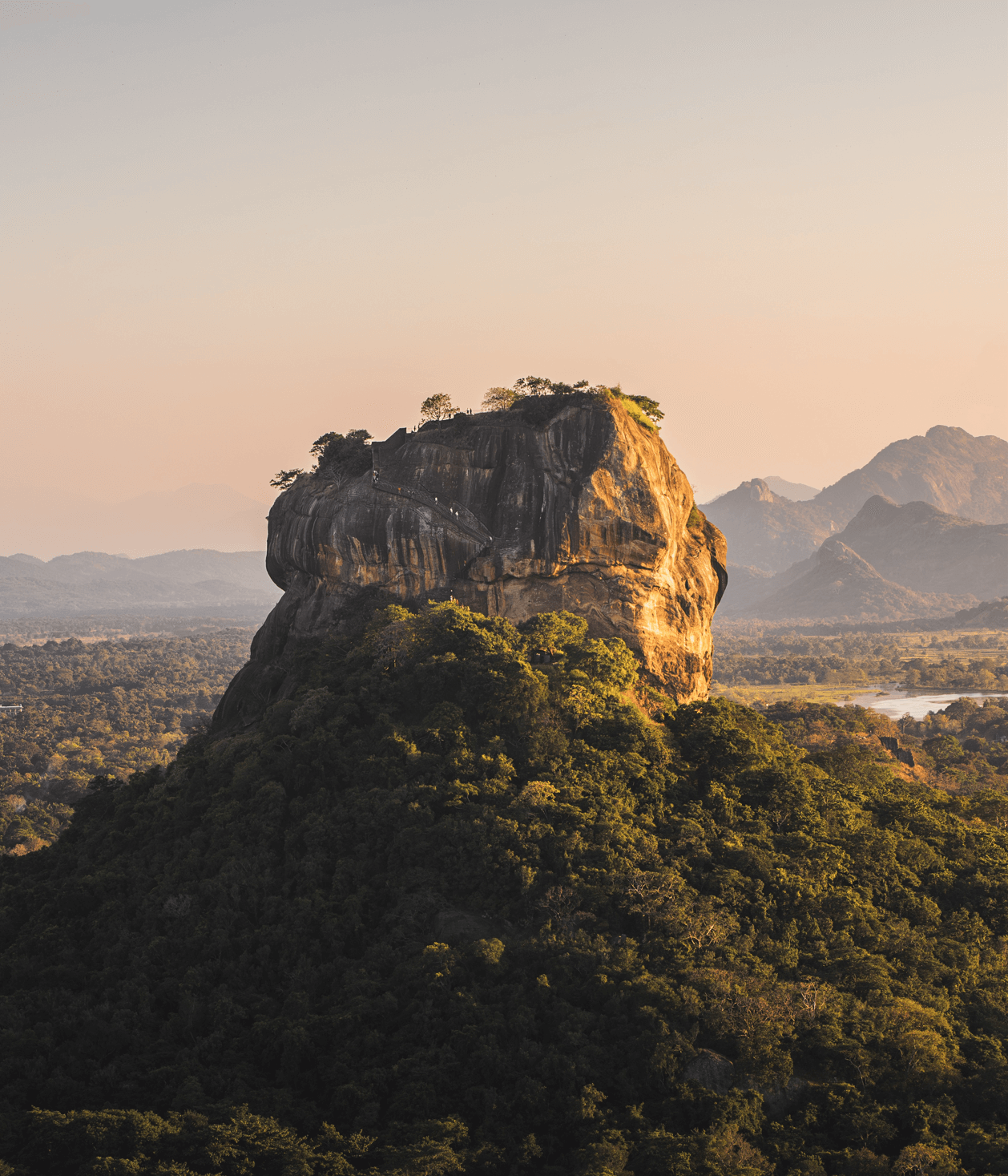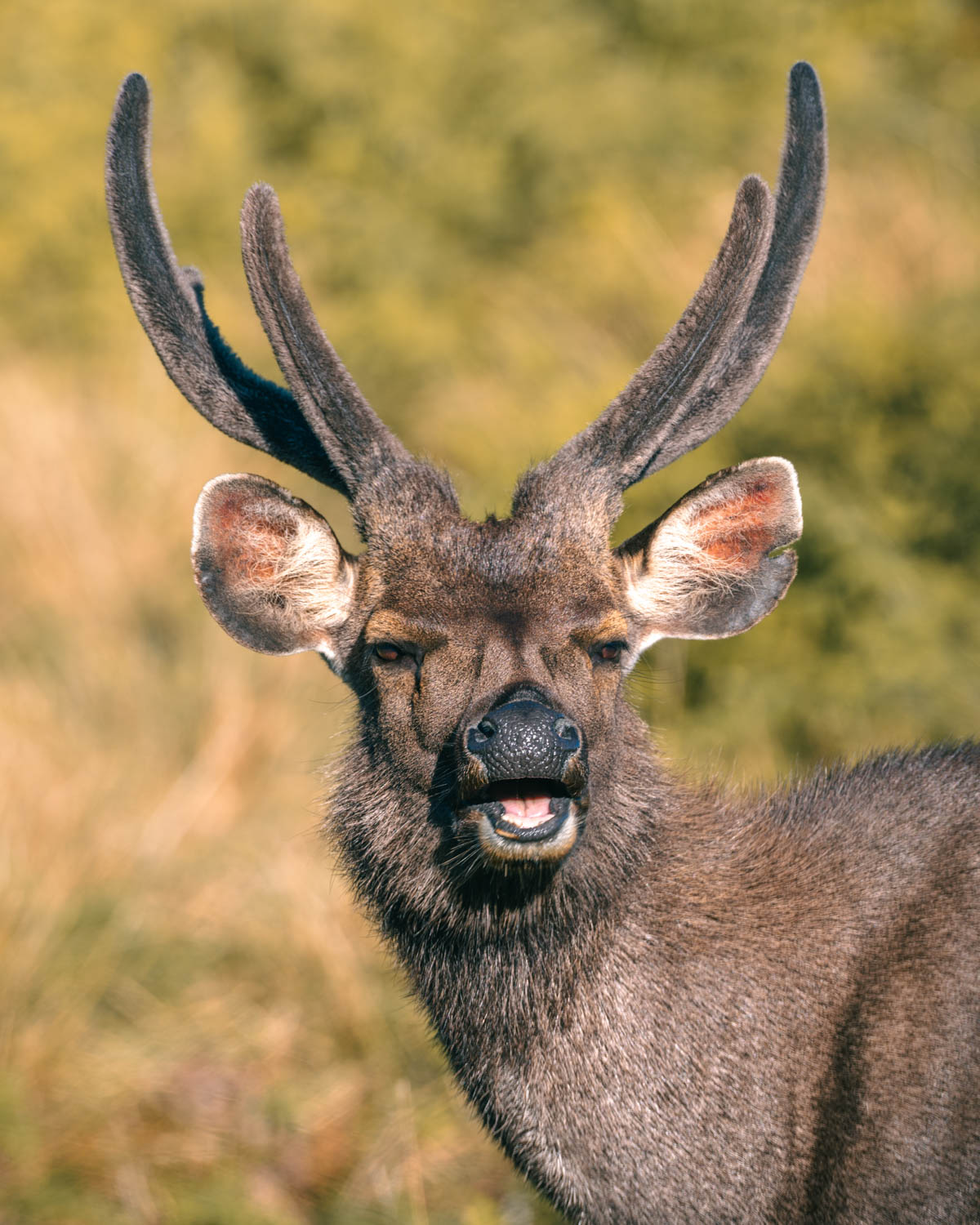
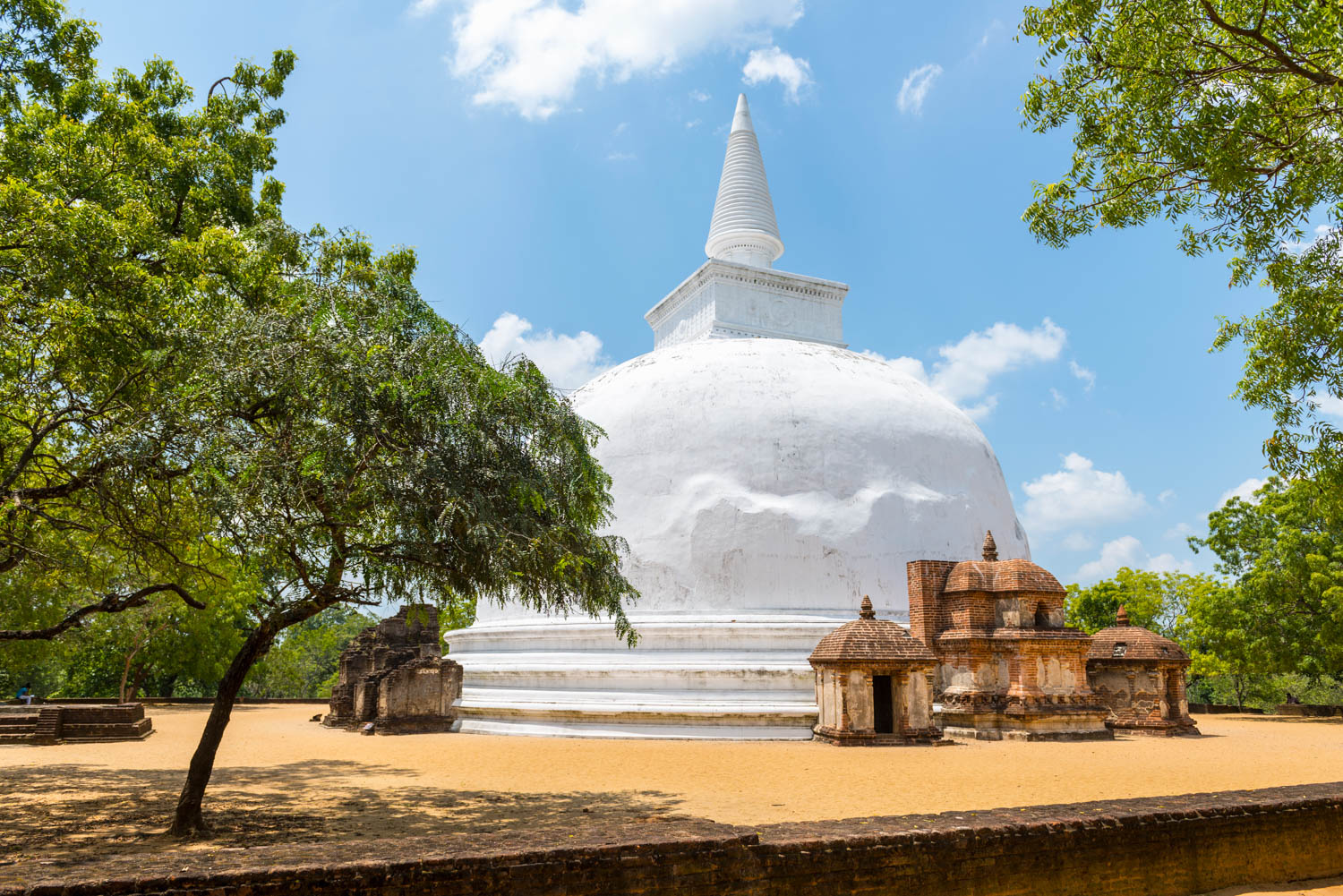
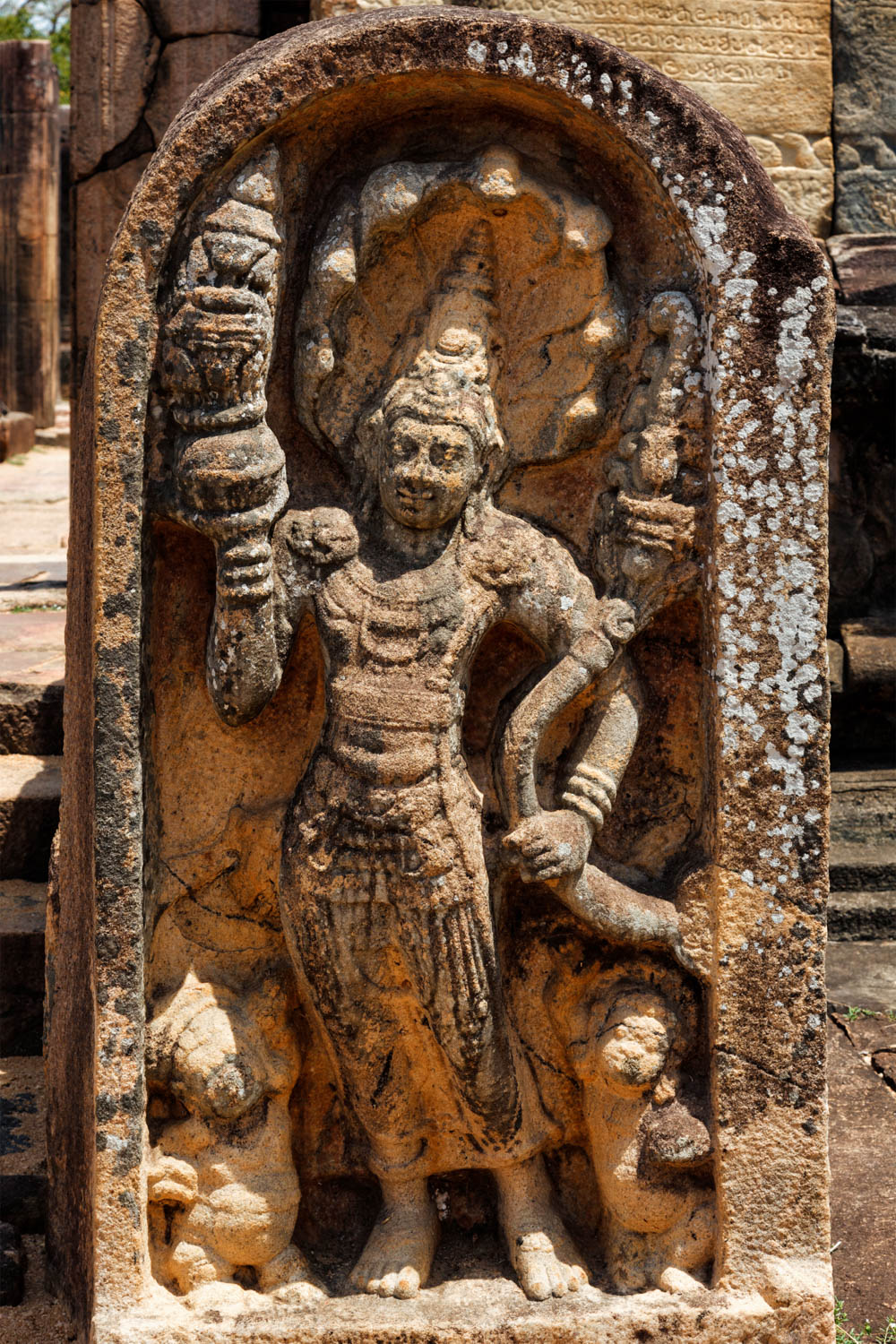
.jpg)
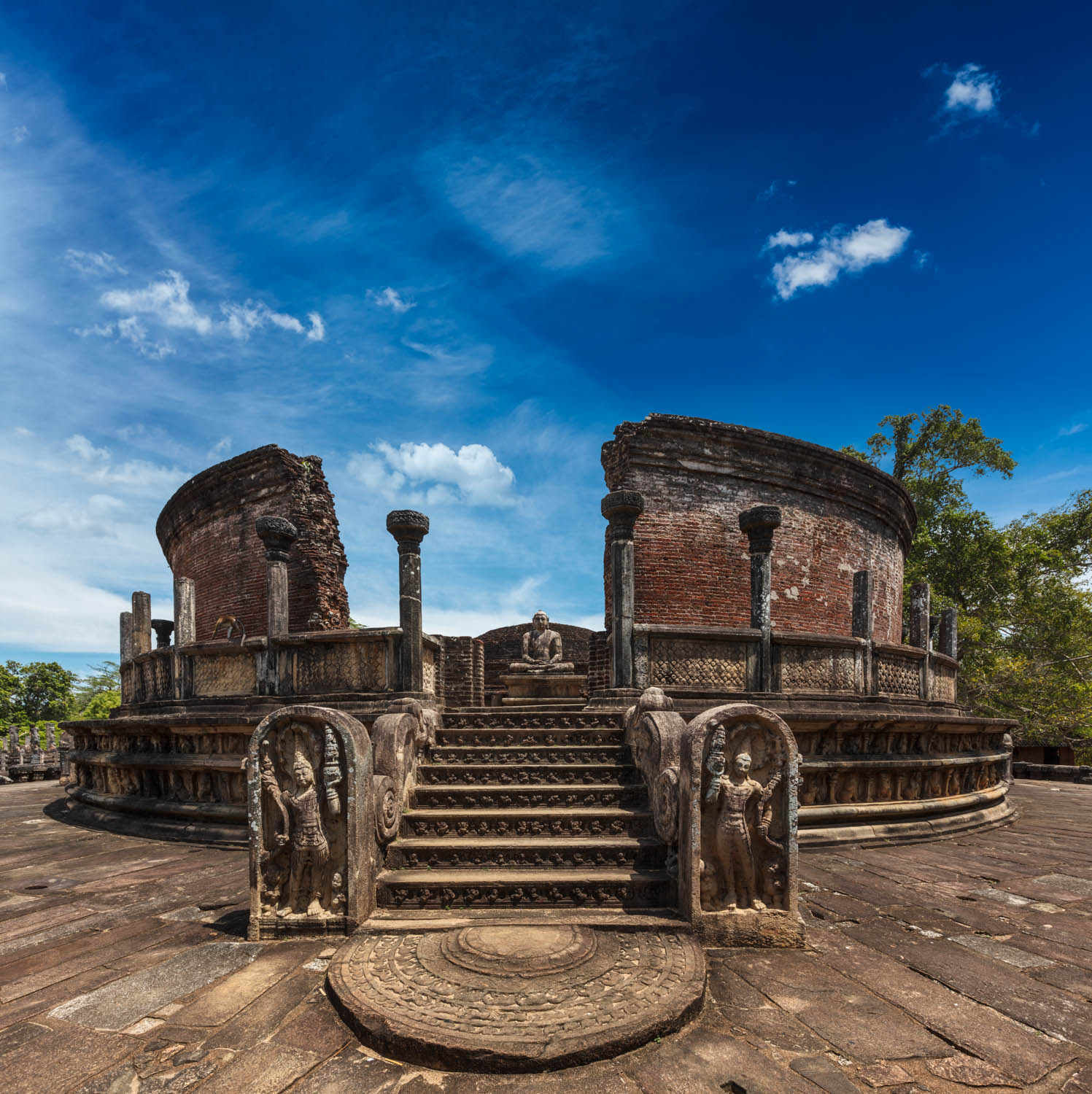
at a Glance.
Total Sites
8 UNESCO World Heritage Sites in Sri Lanka
Cultural Sites
6 (Anuradhapura, Polonnaruwa, Sigiriya, Kandy, Dambulla, Galle Fort)
Natural Sites
2 (Sinharaja Forest, Central Highlands)
Best trip length
10–14 days to cover both cultural & natural sites
Climate
Tropical (26–32°C lowlands; 12–25°C highlands) with a cooler climate in hill country regions
Best for
Culture lovers, history enthusiasts, eco-travelers, photographers
Highlights
Ancient capitals, cave temples, colonial forts, pristine rainforests, elusive leopards, panoramic mountain views
Fun Facts
Sri Lanka was among the first countries in South Asia to have multiple UNESCO sites recognized in 1982, starting with Anuradhapura, Polonnaruwa, Sigiriya, and Dambulla.
UNESCO World Heritage Sites in Sri Lanka
Sri Lanka’s UNESCO World Heritage Sites represent an extraordinary blend of significant cultural and natural heritage, recognized under the World Heritage Convention for their outstanding universal value. These sites are protected to preserve their integrity for future generations to experience, reflecting the island’s rich history, spirituality, and biodiversity.
From the ancient rock fortress of Sigiriya Rock Sri Lanka, often called the “Lion Rock,” to the Sacred City of Kandy with the revered Sri Dalada Maligawa (Temple of the Tooth Relic), and from the lush Sinharaja Forest Reserve to the colonial-era Galle Fort, these sites showcase Sri Lanka’s diverse historic sites and natural landscapes.
Whether you are captivated by the stories of kings and kingdoms, fascinated by Buddhist art and architecture, or inspired by the island’s unique ecosystems, Sri Lanka’s UNESCO sites offer a comprehensive journey through its historical and cultural tapestry. These sites collectively form an entire city of heritage, offering visitors a chance to explore a population of monuments, temples, and natural wonders that span centuries.
Explore
our
trips.
Whether you're looking for a Luxury holiday, a family vacation, or a perfect hideout for your honeymoon, we've got you covered.
List of UNESCO World Heritage Sites in Sri Lanka
Here’s a quick list of all 8 UNESCO World Heritage Sites in Sri Lanka, categorized by cultural and natural heritage:
🏛️ Cultural Heritage Sites
- Ancient City of Anuradhapura – Sacred capital of Sri Lanka’s first kingdom, home to the Sri Maha Bodhi, a living symbol of Gautama Buddha’s enlightenment.
- Ancient City of Polonnaruwa – Medieval capital featuring grand palaces, temples, and the iconic Gal Vihara rock-cut Buddha statues.
- Sigiriya Rock Fortress (Lion Rock) – A 200-meter-high rock fortress with elaborate water gardens, frescoes, and the famous Lion’s Paw Gate.
- Sacred City of Kandy – Last royal capital, renowned for the Temple of the Tooth Relic (Sri Dalada Maligawa) and the annual Esala Perahera Festival.
- Dambulla Cave Temple (Golden Temple) – Largest cave temple complex in Sri Lanka, adorned with over 150 Buddha statues and vibrant paintings.
- Old Town of Galle & Galle Fort – A well-preserved Dutch colonial fort town with cobbled streets, ramparts, and colonial architecture from the colonial era.
🌿 Natural Heritage Sites
- Sinharaja Forest Reserve – A primary tropical rainforest, rich in biodiversity and endemic species, representing one of the last intact rainforests in Sri Lanka.
- Central Highlands of Sri Lanka – Comprising Horton Plains, Knuckles Range, and Peak Wilderness Sanctuary, this region experiences a cooler climate and contains important landscapes and endemic wildlife.
Sri Lanka is known for its large elephant gatherings in its National Parks

Cultural UNESCO Sites in Detail
1. Ancient City of Anuradhapura
📍 Location: North Central Province
⏳ Era: 4th century BC – 11th century AD
Anuradhapura is the earliest capital of Sri Lanka and a pivotal historic site in the island’s Buddhist heritage. It is home to the sacred Sri Maha Bodhi Tree, a direct descendant of the original Bodhi tree under which Gautama Buddha attained enlightenment. The city features monumental stupas like Ruwanwelisaya and Jetavanaramaya, ancient monasteries, and intricate irrigation systems.
Visitors can immerse themselves in the spiritual atmosphere while exploring the vast archaeological ruins that reflect the island’s early urban planning and religious devotion. The site’s well-preserved monuments and relics offer a unique insight into ancient Sri Lankan civilization and its contributions to science and culture.
Must-see: Ruwanwelisaya Stupa, Abhayagiri Monastery, Sri Maha Bodhi Tree.
2. Ancient City of Polonnaruwa
📍 Location: North Central Province
⏳ Era: 11th–13th centuries AD
Polonnaruwa succeeded Anuradhapura as the island’s capital and flourished during the medieval period. It features well-preserved palaces, temples, and advanced hydraulic engineering. The Gal Vihara, with its four colossal rock-cut Buddha statues, exemplifies the outstanding universal artistic achievement of Sinhalese culture.
Visitors can also explore the Parakrama Samudra, an enormous man-made reservoir, emphasizing the city’s sophisticated water management. The site reflects a high level of urban planning and technological advancement during its mission to establish a thriving capital.
👉 Must-see: Gal Vihara, Parakrama Samudra, Royal Palace ruins.
3. Sigiriya Rock Fortress (Lion Rock)
📍 Location: Central Province
⏳ Era: 5th century AD
Sigiriya is one of Sri Lanka’s most iconic landmarks and a UNESCO World Heritage Site of outstanding universal value. Built during the 5th century CE atop a massive granite rock rising 200 meters above the surrounding valley, it was the royal capital of King Kashyapa. According to the ancient chronicle Cūḷavaṃsa, King Kashyapa I seized the throne by orchestrating the death of his father and relocating the capital to Sigiriya.
Sigiriya was constructed on a 200-meter-high granite column, surrounded by extensive gardens and moats. The rock fortress of Sigiriya rises 200 meters above the jungle below. The site includes remnants of the summit palace, water gardens, the famed Mirror Wall covered in ancient graffiti, and the Lion’s Paw Gate. Sigiriya has been an important part of Sri Lanka's history, experiencing many wars and invasions.
The fortress is a marvel of ancient urban planning and architecture, combining natural beauty with human ingenuity. Sigiriya is considered one of South Asia's best-preserved examples of ancient urban planning, featuring some of the world's oldest landscaped and best-preserved water gardens, with elaborate fountains, ponds, and channels. Sigiriya is an ancient palace and fortress built in 480 AD atop a rock island. The site of Sigiriya was the shortest-lived but most extraordinary of Sri Lanka's medieval capitals. The Fortress of Sigiriya is known for its abandoned palaces, gardens, waterways, and frescoes.
Visitors can also enjoy panoramic views of Sigiriya Rock from the nearby Pidurangala Rock, a popular point for sunrise and sunset hikes, offering breathtaking vistas of the entire city and surrounding landscapes.
👉 Must-see: Frescoes, Water Gardens, Lion’s Paw, Summit ruins. The Mirror Wall is a well-preserved wall made of polished plaster, holding more than 1,000 lines of ancient graffiti from the 8th to 13th centuries. The Lion Gate is a grand entrance featuring the paws of a giant stone lion, which was once part of a massive lion-shaped structure. At Sigiriya, visitors can see ancient frescoes and a 1,600-year-old Mirror Wall. The summit of Sigiriya contains the ruins of King Kasyapa's palace and cisterns cut into the rock.
4. Sacred City of Kandy
📍 Location: Central Province
⏳ Era: 16th century AD – last royal capital
Kandy, located in Sri Lanka’s hill country, was the last independent kingdom before British rule. The city is famed for the Temple of the Tooth Relic (Sri Dalada Maligawa), which houses a tooth of the Buddha and is a major pilgrimage site. The city also features the Royal Botanic Gardens of Peradeniya, an extensive garden showcasing tropical flora.
Kandy hosts the spectacular Esala Perahera Festival, a vibrant procession of dancers, drummers, and elephants that celebrates the tooth relic.
The city’s population is predominantly Sinhalese, and it remains an important religious and cultural centre. The artificial lake at Kandy adds scenic beauty to the cityscape, while the surrounding tea plantations and mountain views create a cooler climate compared to the lowlands.
👉 Must-see: Temple of the Tooth, Kandy Lake (an artificial lake), Royal Palace, Peradeniya Botanical Garden.
5. Dambulla Cave Temple (Golden Temple)
📍 Location: Central Province
⏳ Era: 1st century BC onwards
Dambulla is the largest and best-preserved cave temple complex in Sri Lanka. The five caves contain over 150 Buddha statues and richly detailed murals depicting the life of Gautama Buddha and various historical events. Dambulla is home to over 150 Buddhist statues and paintings, some dating back over 2,000 years. The temple complex sits atop a rock face, offering panoramic views of the surrounding landscape.
It remains an active religious site and a testament to Sri Lanka’s Buddhist heritage. The caves also feature statues of Hindu gods, reflecting the cultural exchange between India and Sri Lanka.
👉 Must-see: Cave No. 2 (Maharaja Vihara), golden reclining Buddha, panoramic hilltop views.
6. Old Town of Galle & Galle Fort
📍 Location: Southern Province
⏳ Era: 16th century Portuguese, expanded by the Dutch in the 17th century
Galle Fort is a living heritage site that blends European colonial architecture with South Asian traditions. The fort’s ramparts and bastions offer stunning views over the Indian Ocean. Inside the fort, visitors discover narrow streets lined with colonial buildings, churches, museums, and vibrant markets.
The fort exemplifies the cultural exchange during the colonial era and remains a vibrant cultural hub. The architecture and layout reflect the influence of Europe and the maritime history of Sri Lanka.
👉 Must-see: Rampart sunset walks, Dutch Reformed Church, Maritime Museum.
Natural UNESCO Sites in Detail
7. Sinharaja Forest Reserve
📍 Location: Southwest Sri Lanka
🌿 Type: Tropical Rainforest
Sinharaja is Sri Lanka’s last viable primary rainforest and a UNESCO World Heritage Site noted for its exceptional biodiversity. The forest is home to many endemic species of birds, mammals, reptiles, and plants. It is a crucial habitat for species such as the Sri Lanka blue magpie and the purple-faced langur.
Guided treks through the forest allow visitors to experience this significant cultural and natural treasure firsthand. The forest’s dense canopy supports a rich variety of animals and plants, making it a hotspot for ecological science and conservation efforts.
👉 Must-do: Guided nature treks, birdwatching tours.
8. Central Highlands of Sri Lanka
📍 Location: Central Province
⛰️ Includes: Horton Plains, Knuckles Range, Peak Wilderness Sanctuary
The Central Highlands feature unique montane ecosystems with a cooler climate than the lowlands. This area includes the famous World’s End cliff at Horton Plains, tea plantations in Nuwara Eliya, and the sacred Sri Pada (Adam’s Peak) mountain. The region is crucial for its endemic flora and fauna and its stunning landscape.
Visitors can enjoy hiking, wildlife spotting, and exploring the cultural significance of the highlands. The area is also important for its role in Sri Lanka’s tea industry and colonial history.
👉 Must-do: World’s End hike, visit tea estates, Adam’s Peak pilgrimage.
Photo by UGA Chena Huts
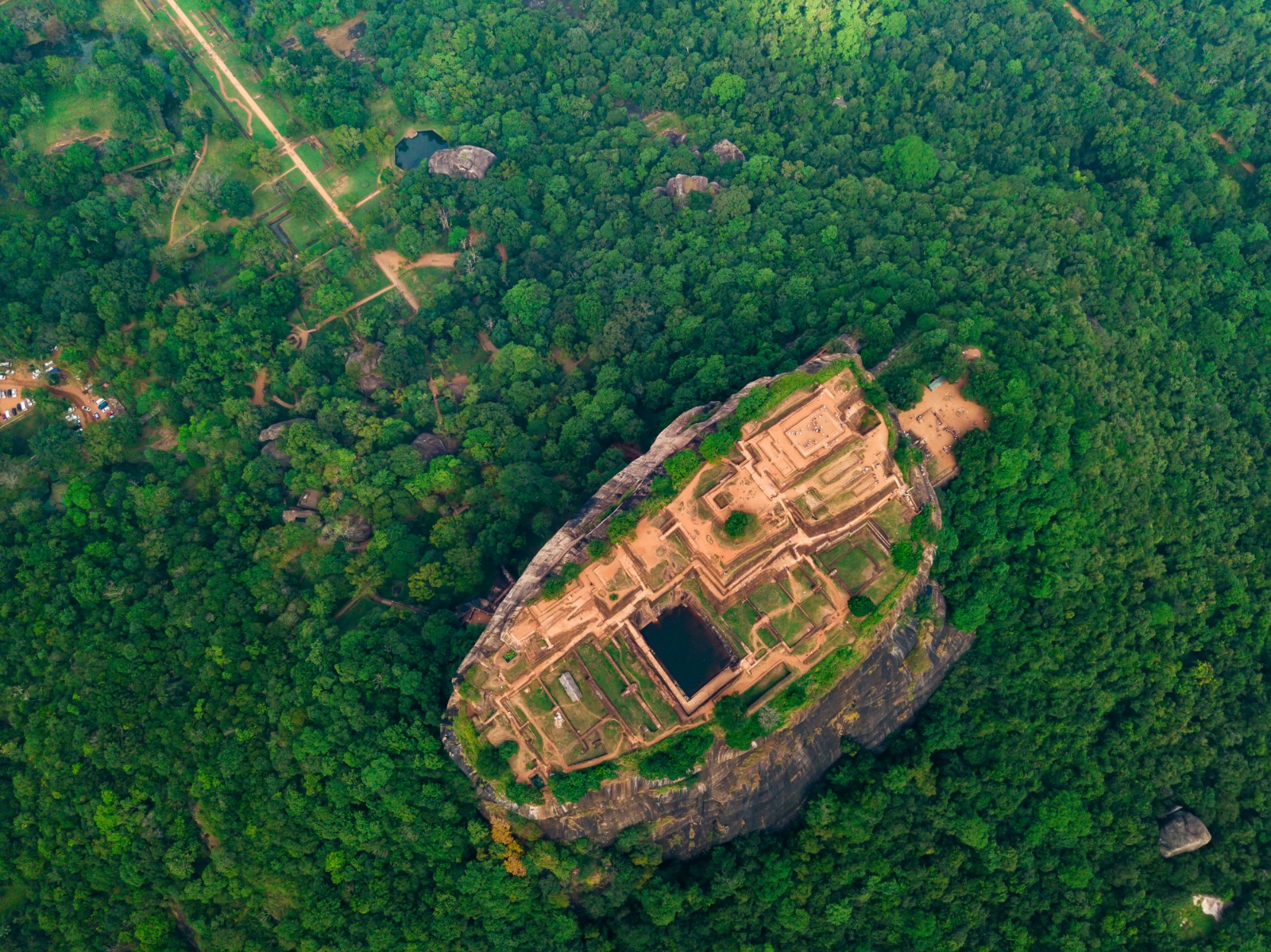
Photo by UGA Chena Huts
.jpg)
How to Plan a UNESCO Tour of Sri Lanka
- 7 Days → Explore the Cultural Triangle: Sigiriya Rock Sri Lanka, Dambulla, Polonnaruwa, and Kandy.
- 10 Days → Add Anuradhapura and Galle Fort to your itinerary for a richer cultural experience.
- 14 Days → Full coverage including the Central Highlands and wildlife safaris in Yala or Udawalawe. Visiting Sigiriya involves a demanding hike of 1,200 steps to the summit.
👉 Travel Tip: Start your journey from Colombo or Negombo, then plan your route clockwise (South + Hill Country) or counterclockwise (North-Central + East). Visitors can enjoy panoramic views of Sigiriya Rock from Pidurangala Rock, which is recommended for sunrise or sunset hikes.
Prayer Bell at Sacred City of Anuradapura
.jpg)
Breathtaking Mirisavatiya Dagoba Stupa in Anuradhapura, Sri Lanka

Best Time to Visit UNESCO Sites
- Cultural sites: Year-round, with dry mornings ideal for exploring.
- Sinharaja Forest: Best from January to April or August to October for drier trekking conditions.
- Central Highlands: December to April offers clear skies and pleasant weather.
✨ Combine this guide with our month-by-month travel insights for a perfect Sri Lankan getaway!
Photo by UGA Chena Huts

Photo by UGA Chena Huts
.jpeg)
Travel Tips for Visiting UNESCO Sites
✔️ Purchase tickets online or at entrances (foreigners pay $5–30 depending on the site).
✔️ Dress modestly when visiting temples (cover shoulders and knees).
✔️ Hire local guides at key sites like Sigiriya, Anuradhapura, and Polonnaruwa for richer historical context.
✔️ Start early to avoid heat and crowds.
✔️ Combine geographically close sites into day trips, such as the Cultural Triangle loop (Sigiriya, Dambulla, Polonnaruwa). The entrance fee for Sigiriya is around $35 USD, which includes access to the Sigiriya Museum.
Plan Your UNESCO Journey with Sithiyam
At Sithiyam, we specialize in crafting personalized tours that highlight Sri Lanka’s UNESCO treasures:
🌿 Cultural tours through the Cultural Triangle
🐘 Eco-adventures in Sinharaja Forest & Central Highlands
💎 Luxury accommodations near Galle, Kandy, and Sigiriya
👨👩👧 Family-friendly packages with expert guides and activities
👉 Contact us today to design your perfect UNESCO World Heritage Sri Lanka 2026 itinerary.
Photo by UGA Chena Huts
.jpeg)
Photo by UGA Chena Huts
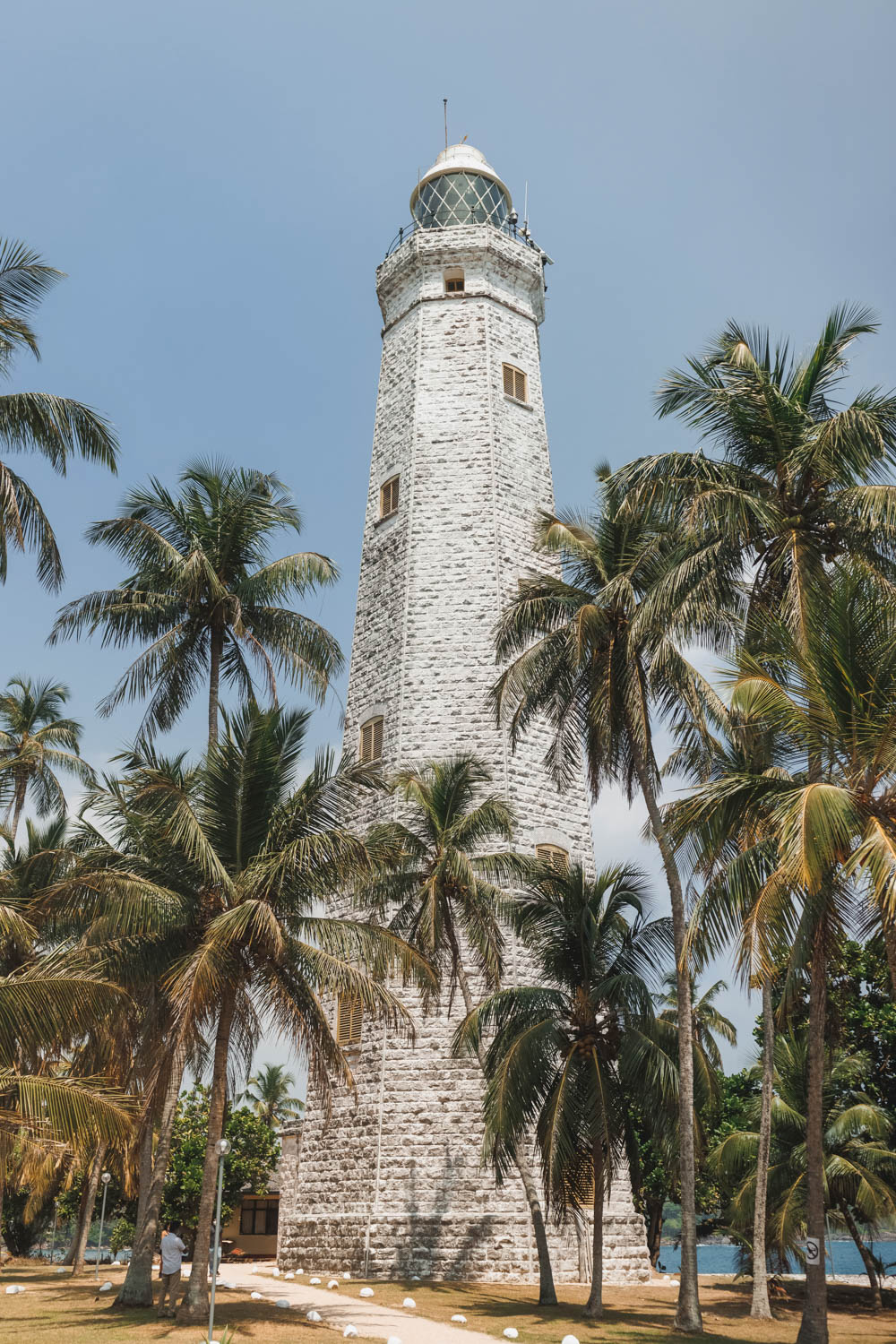
Sri Lanka’s UNESCO World Heritage Sites embody the island’s significant cultural heritage and natural wonders, recognized globally for their outstanding universal value. From the majestic sigiriya rock sri lanka fortress, often referred to as the eighth wonder of the world, to the tranquil forests of Sinharaja, each site offers a unique window into the country’s history, spirituality, and biodiversity.
Plan your journey with Sithiyam and discover why Sri Lanka remains one of the world’s most remarkable UNESCO destinations, treasured today and preserved for future generations to cherish.
Read
our blog.
Read more about travelling Sri Lanka, Like and Share.
where
to go.
Discover why Sri Lanka is the Pearl of Indian Ocean, a year round destination and perfect for everyone.
what
to see.
From Historical sites to Tea Estates, From Wildlife to Surfing
Explore our guides to top Attractions in Sri lanka

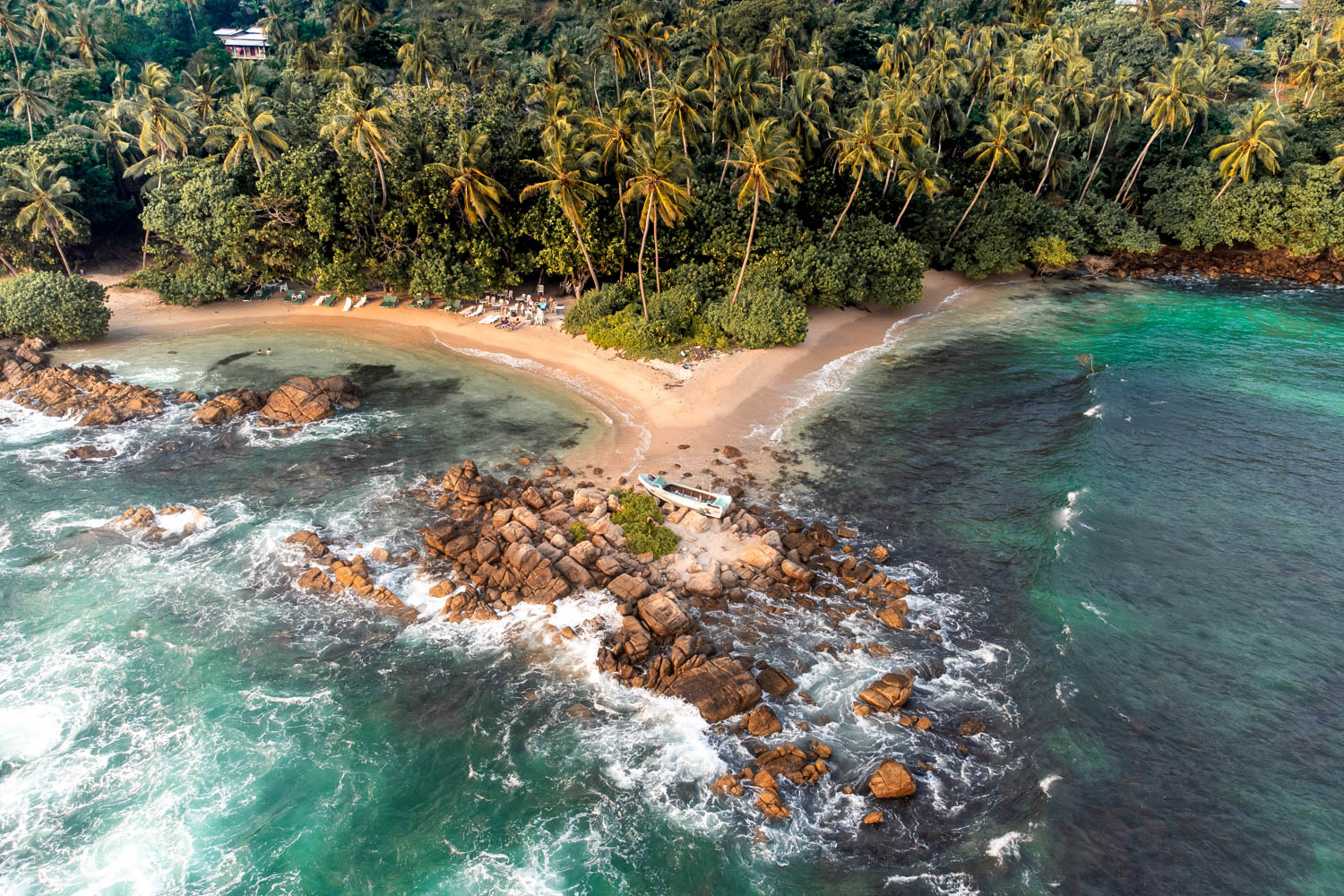
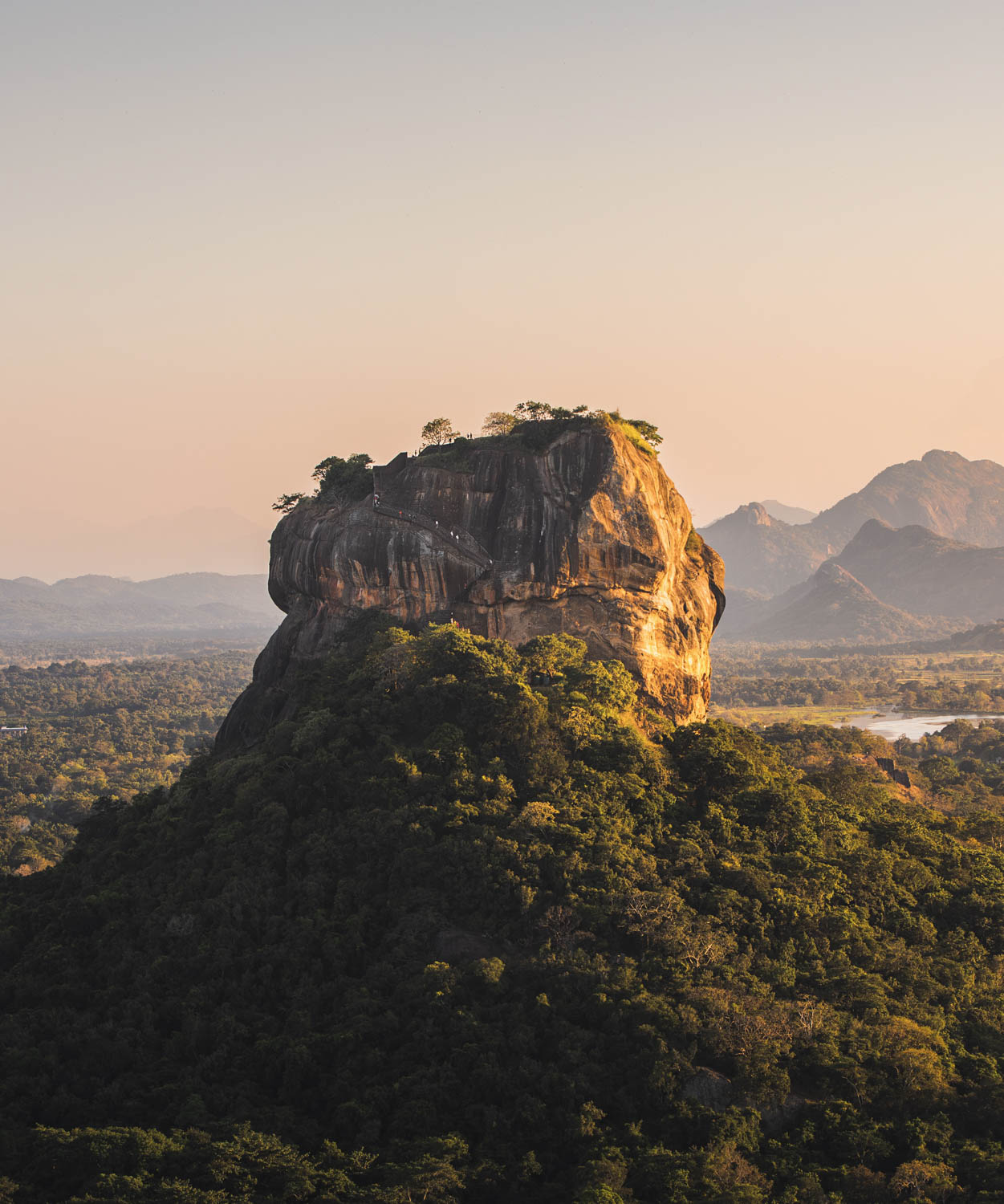

.jpeg)
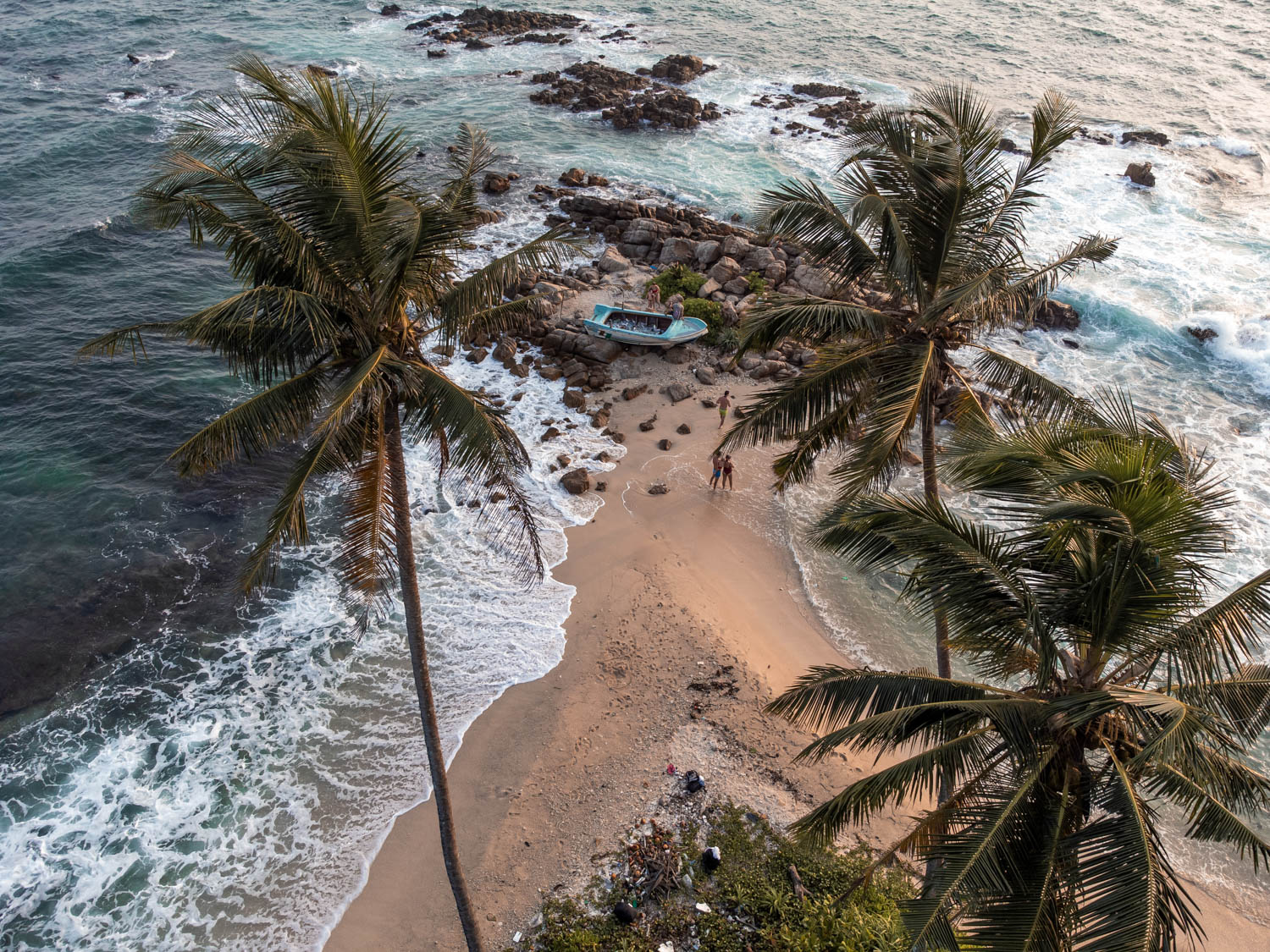
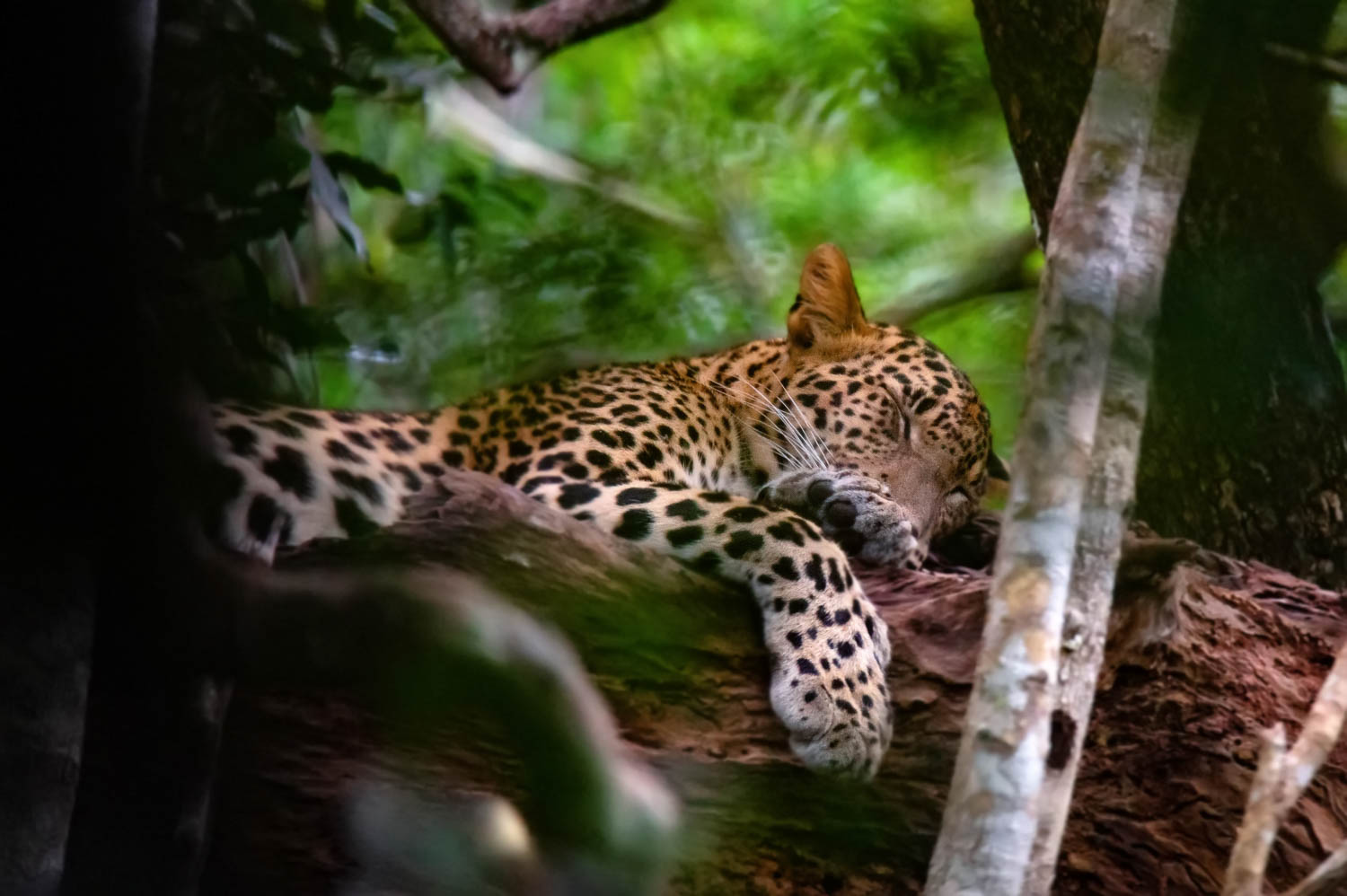


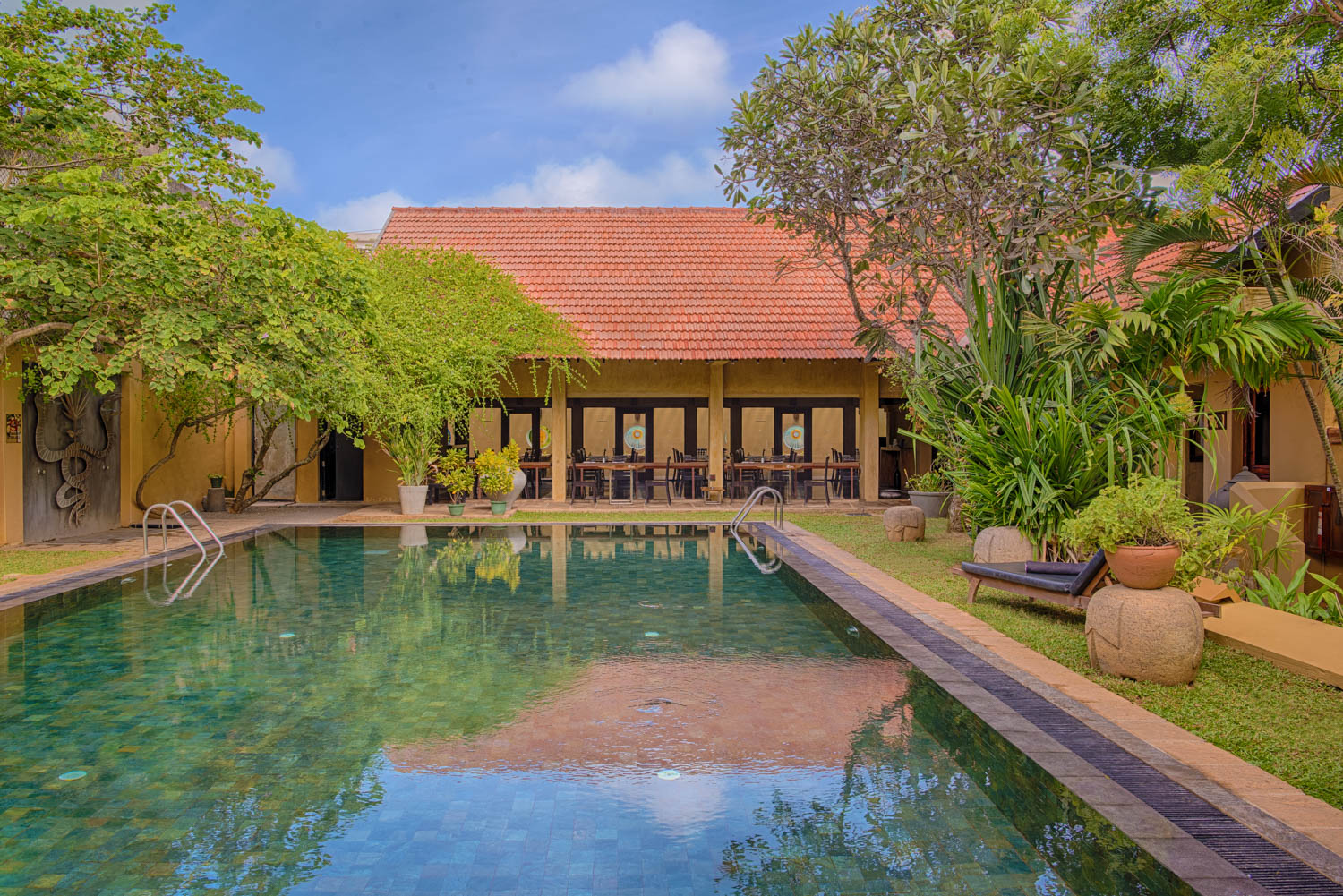
.jpg)
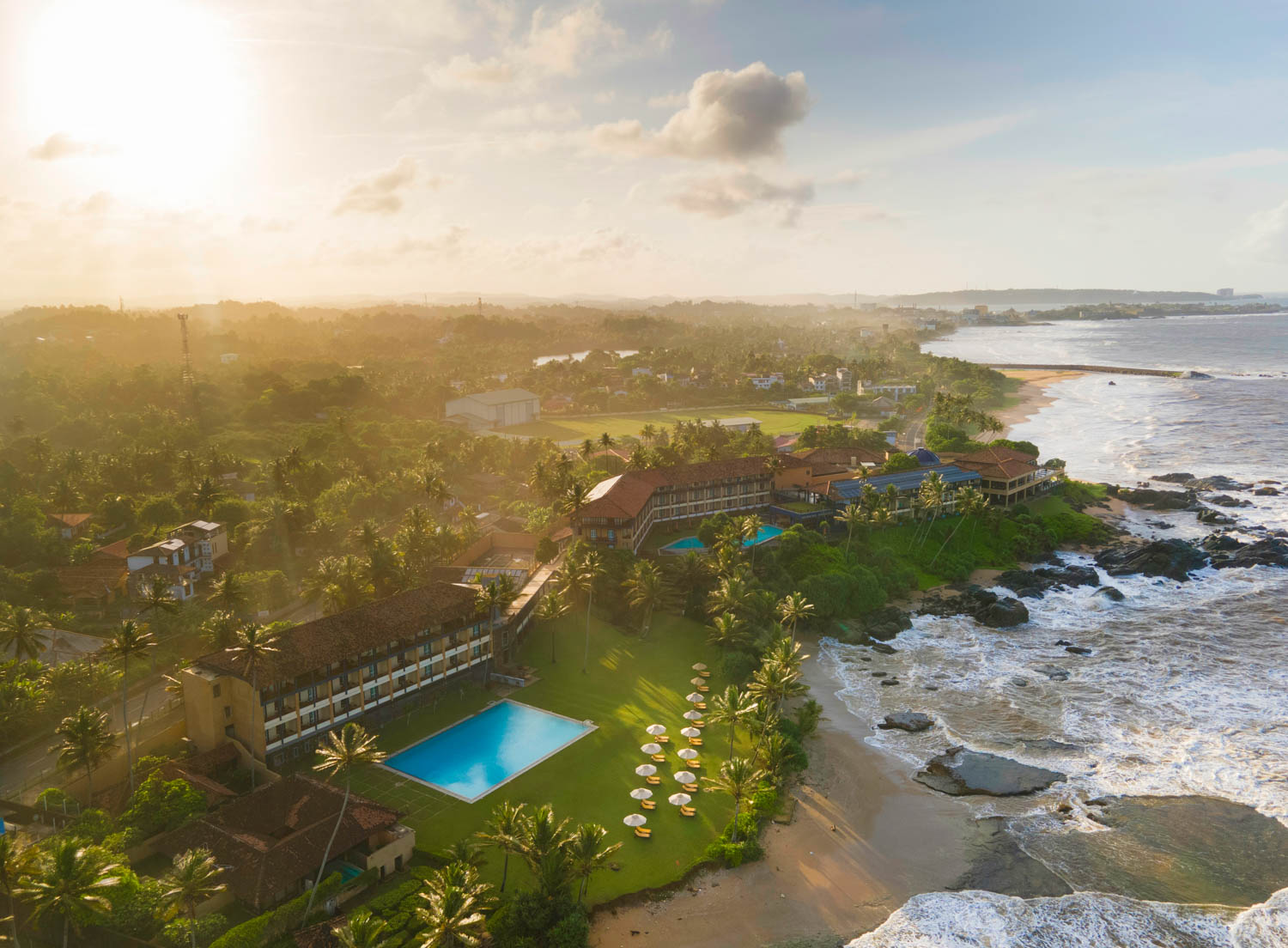
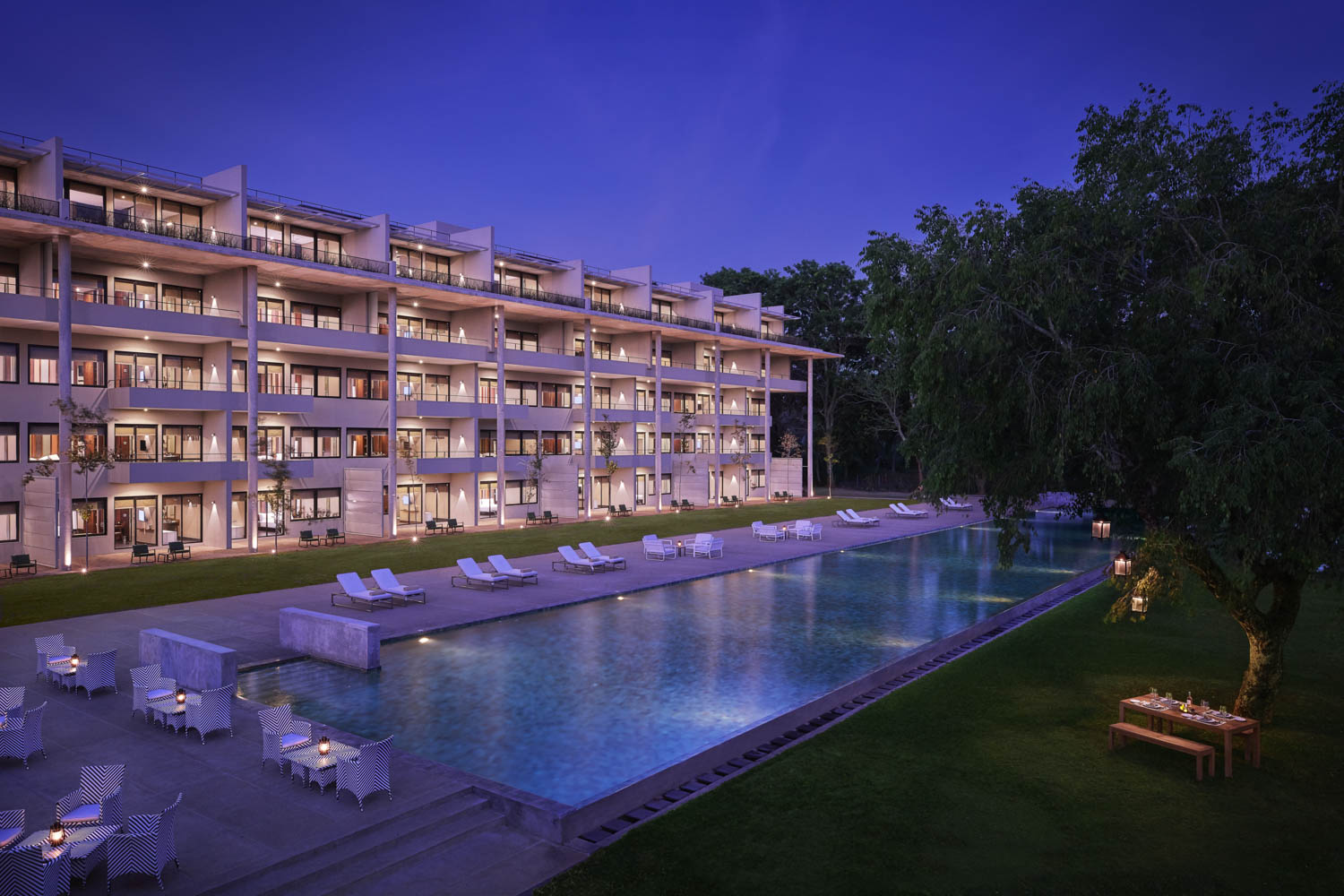
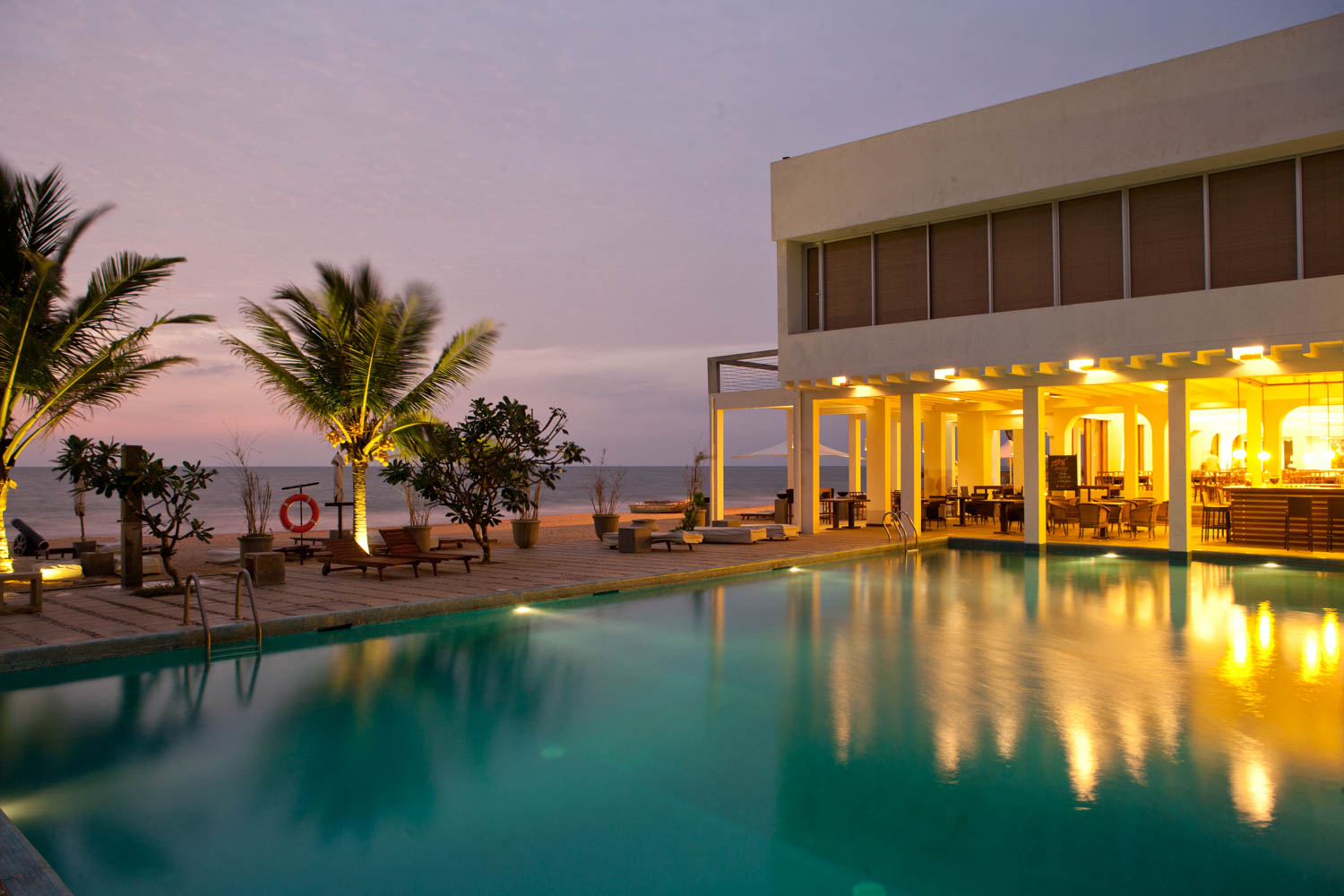

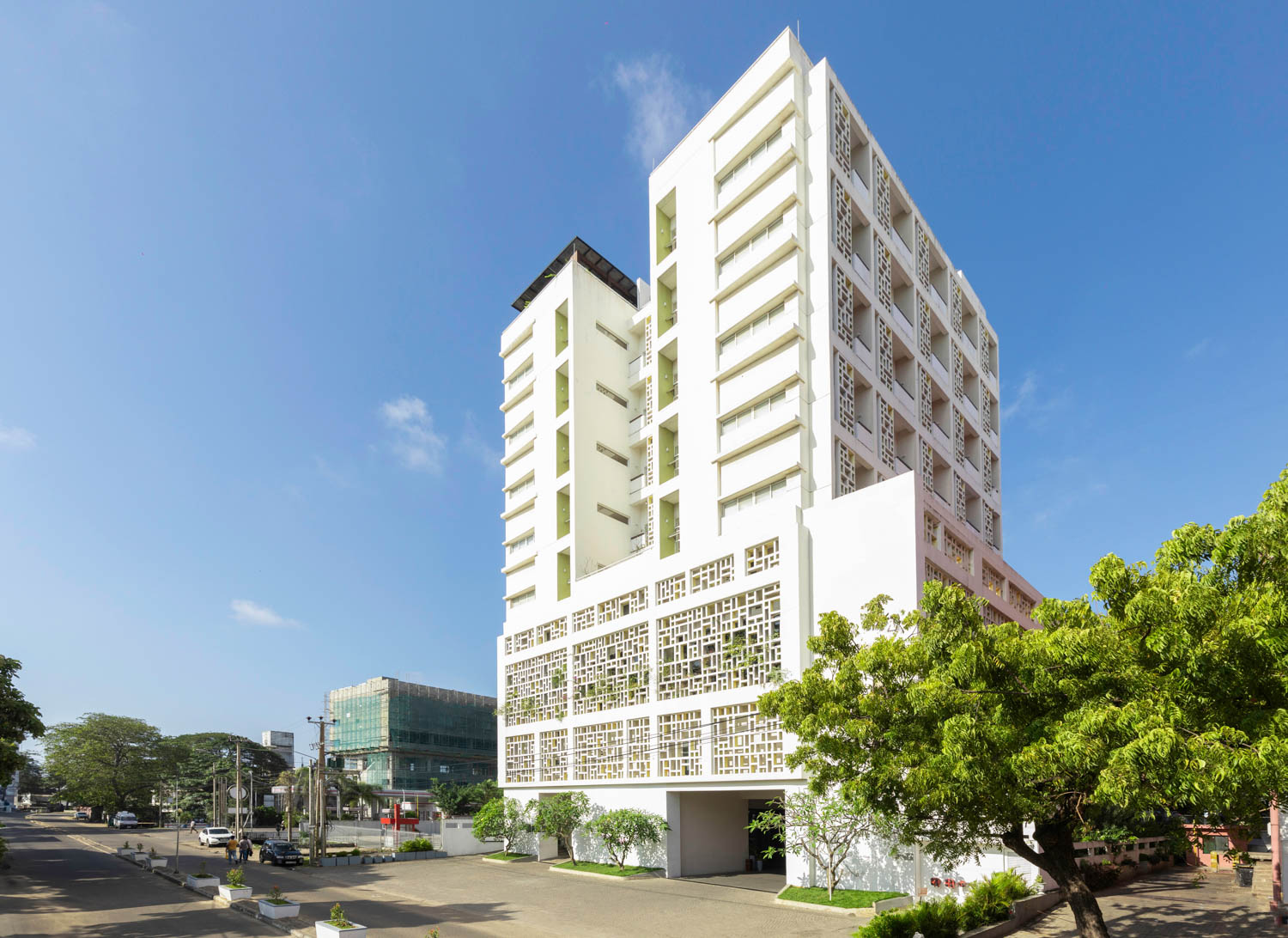
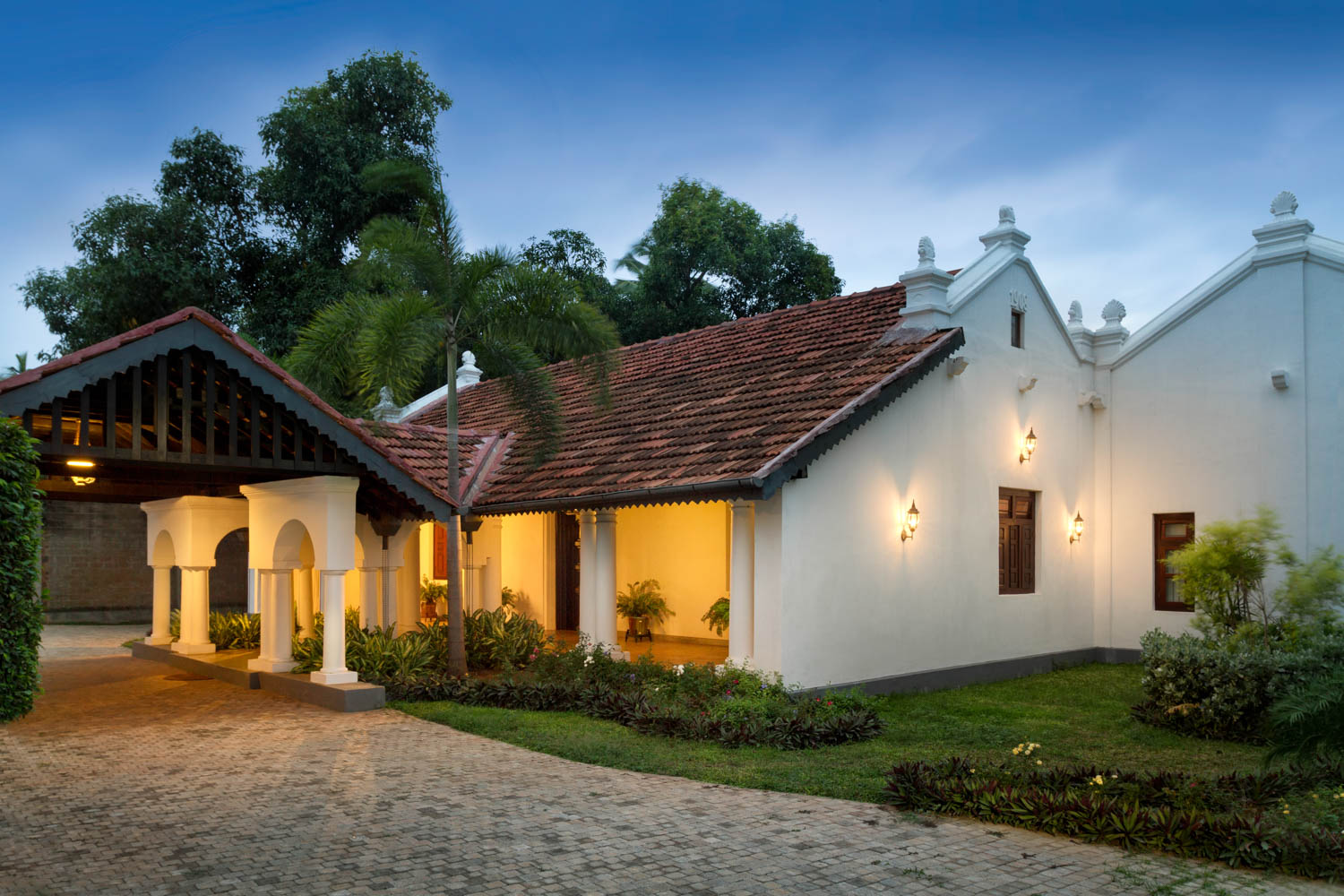
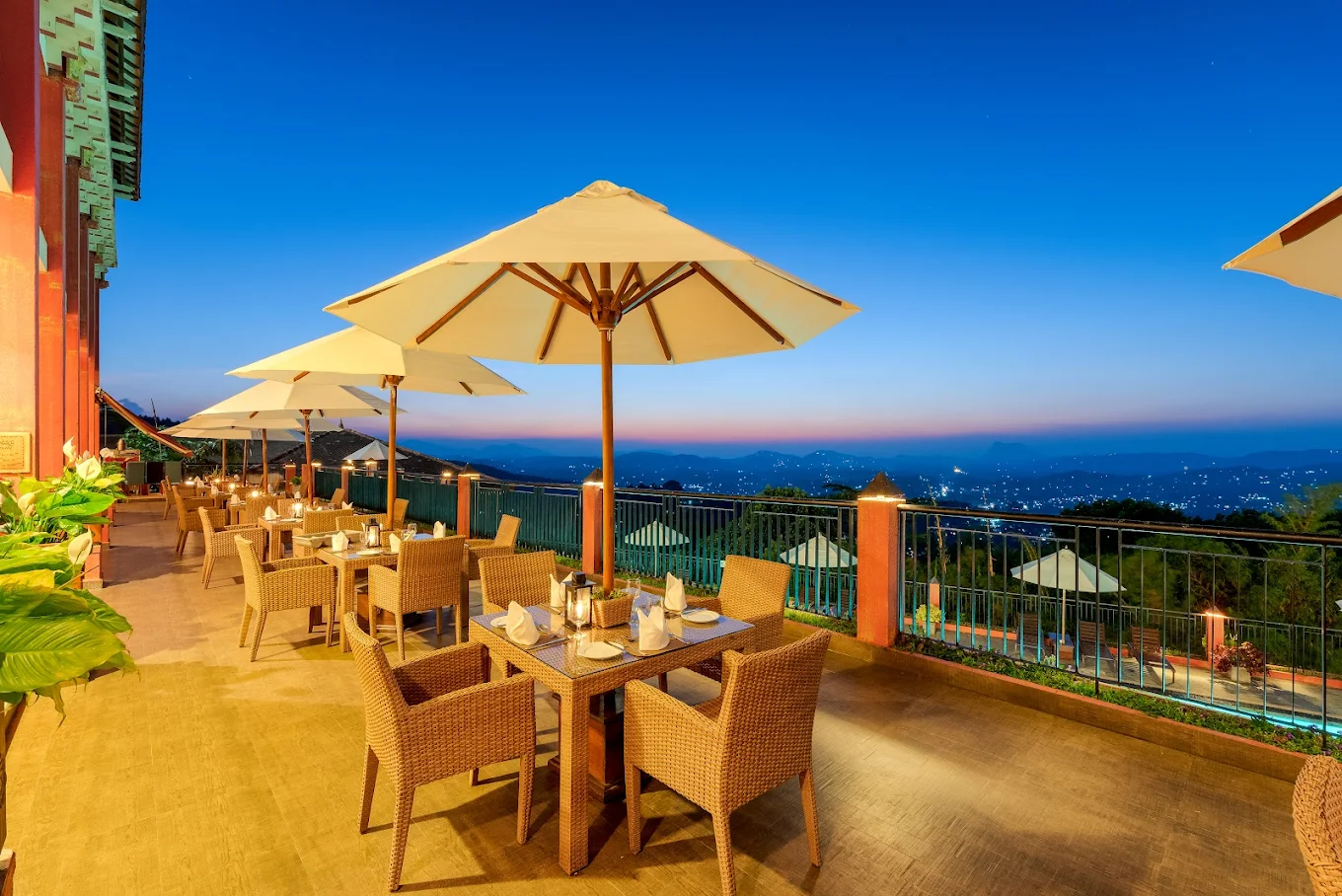
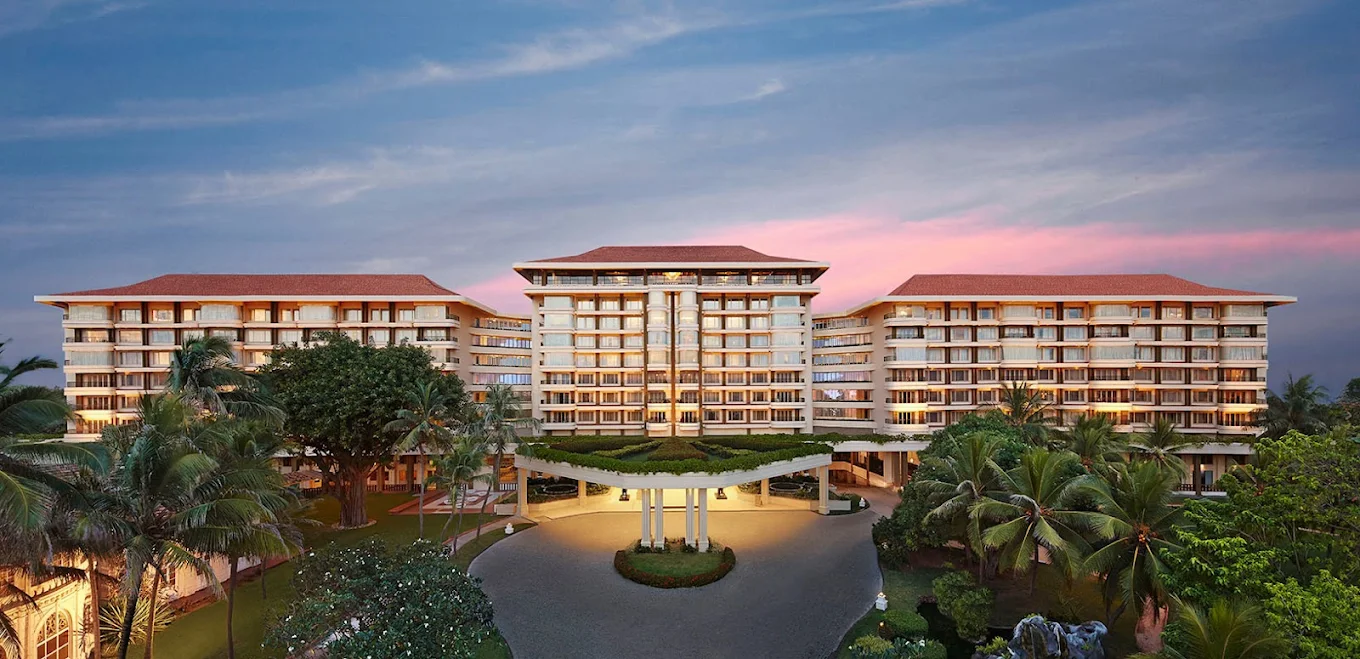

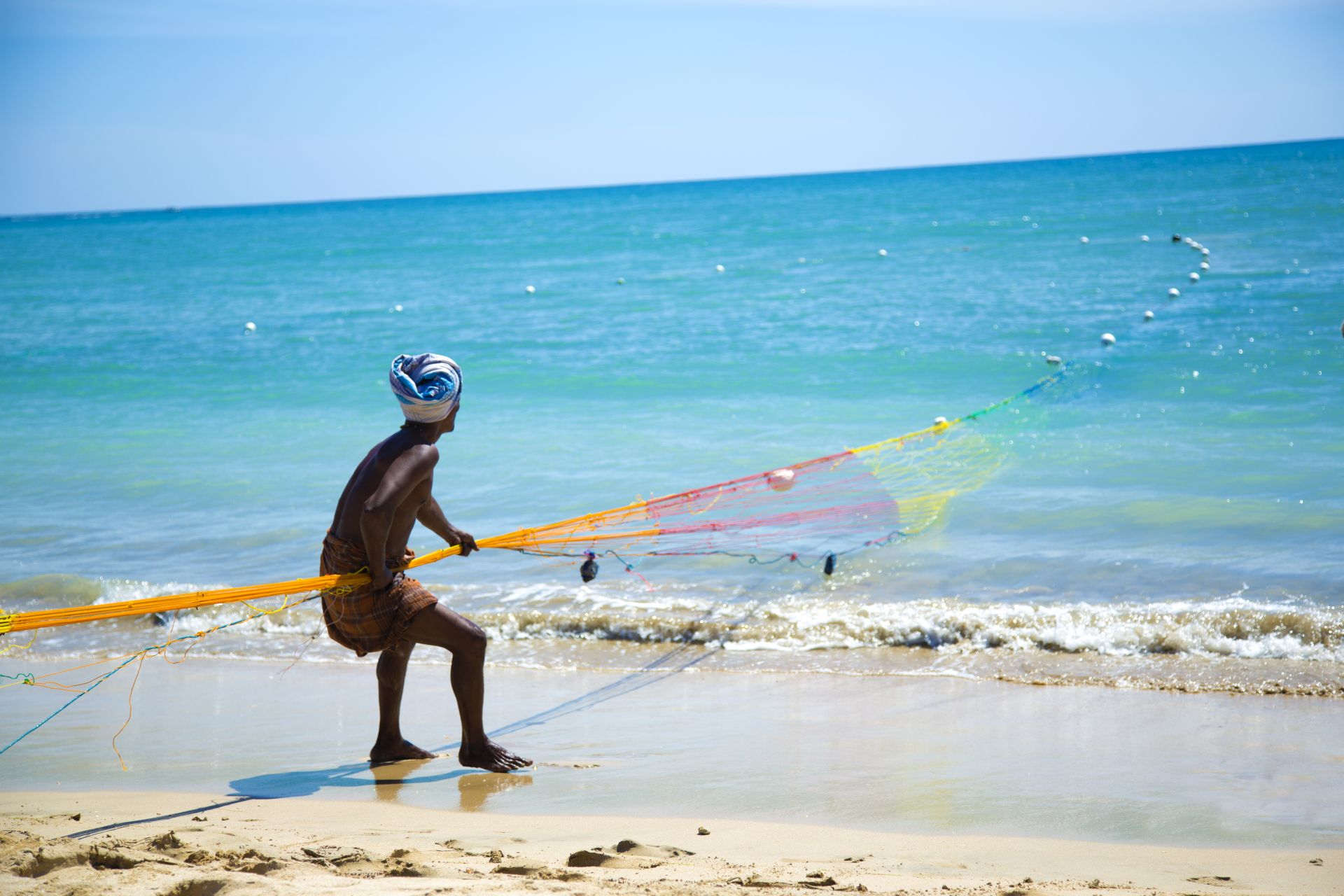

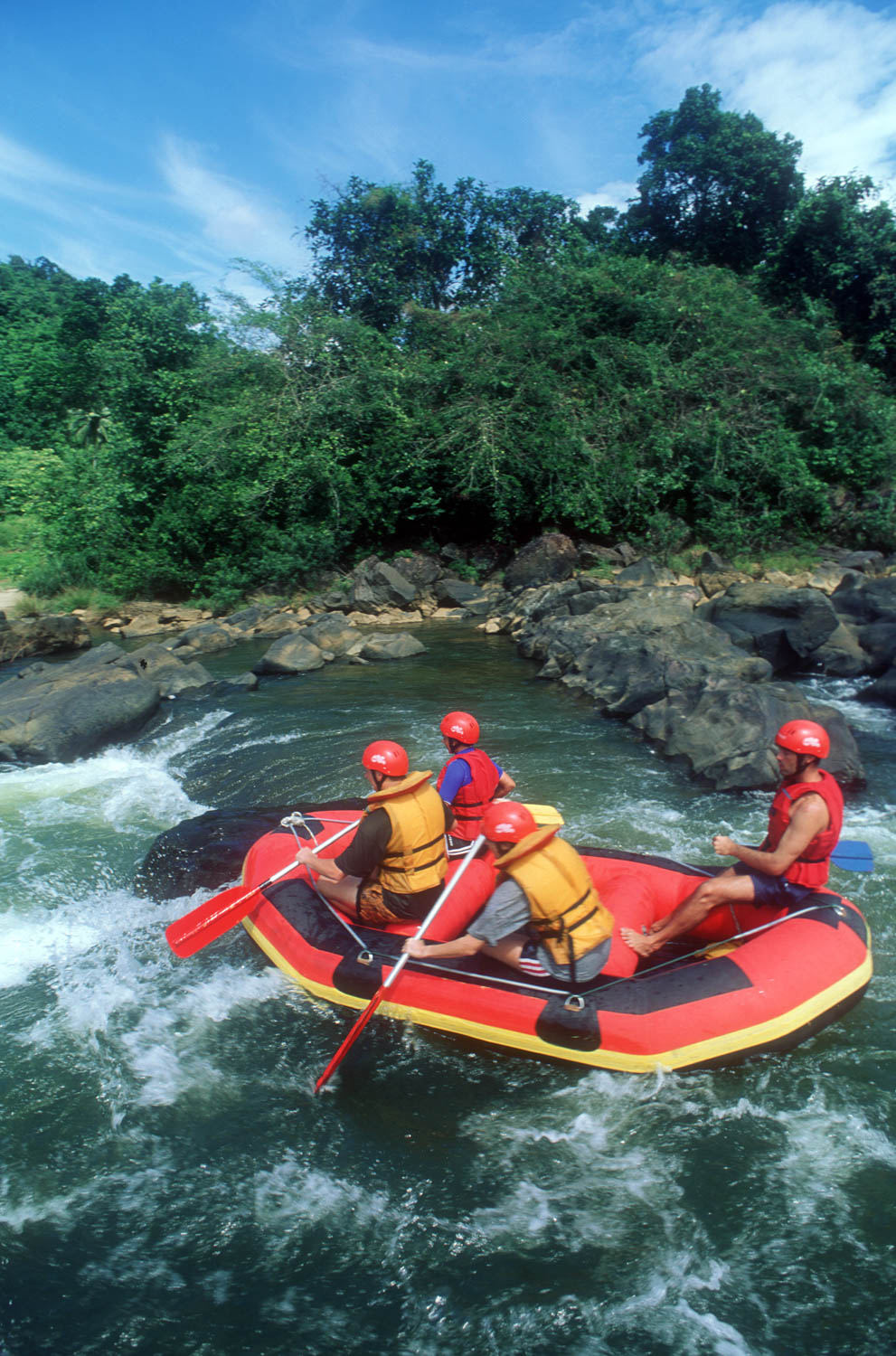
.jpg)
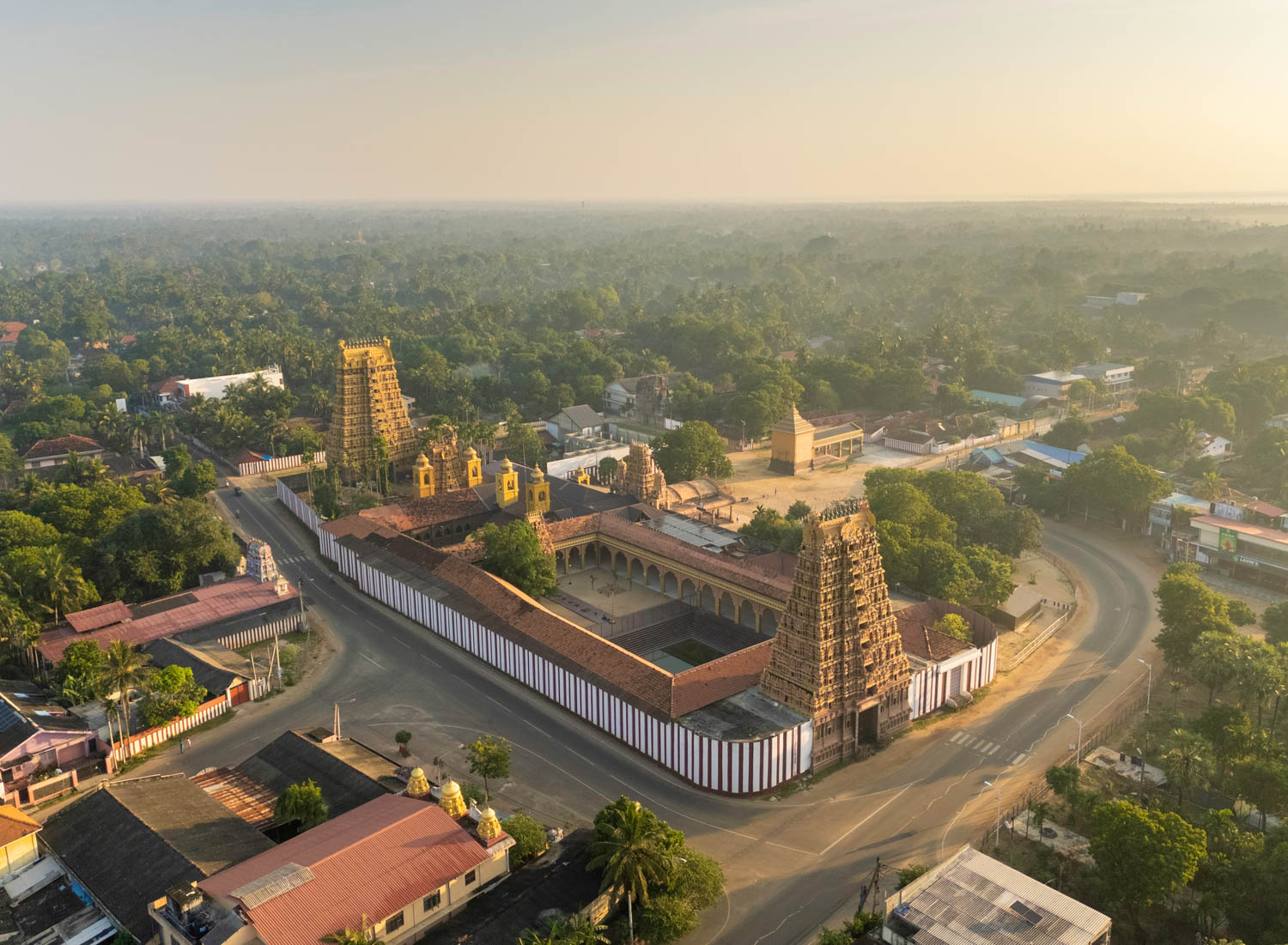
.jpeg)
-2.jpg)
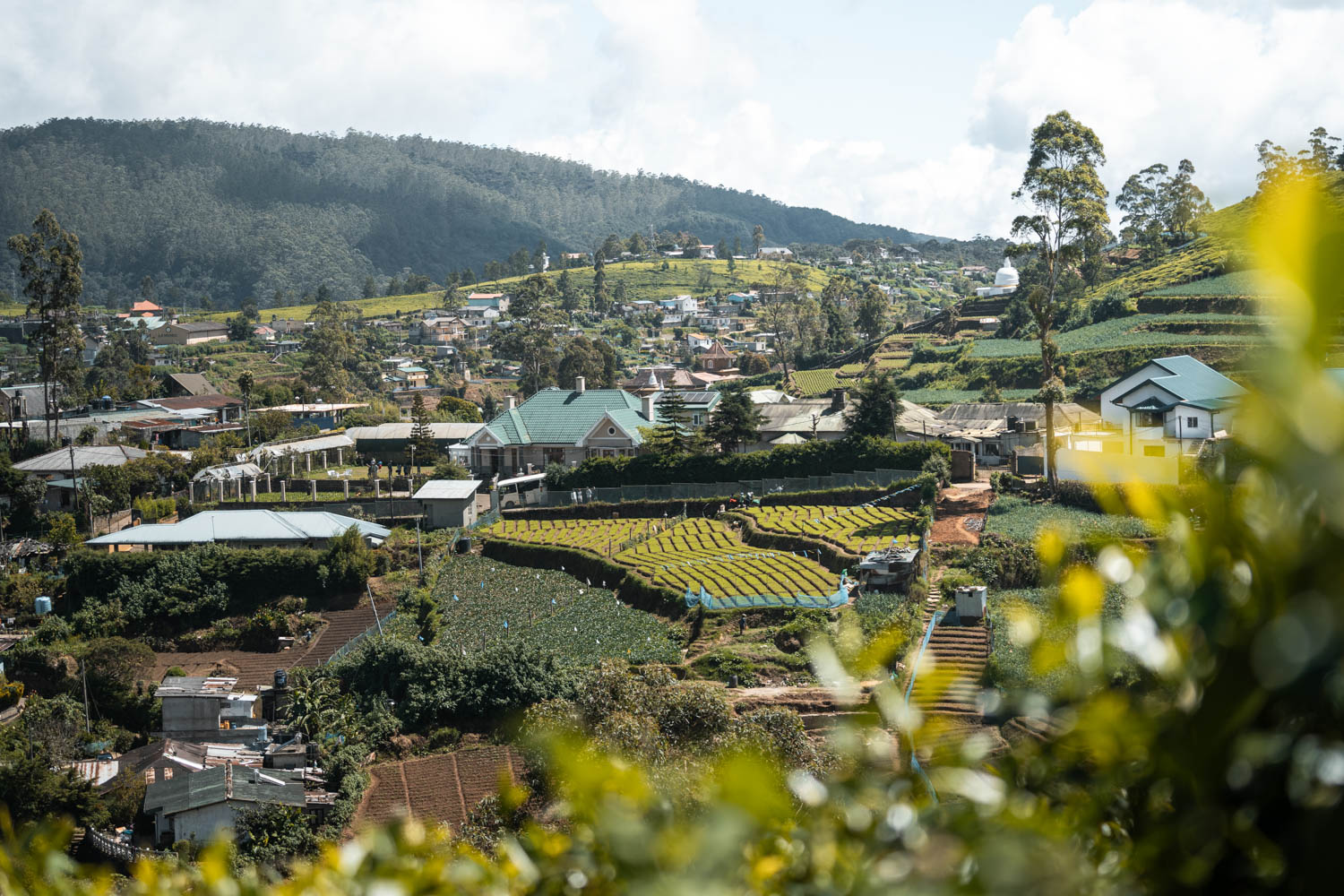
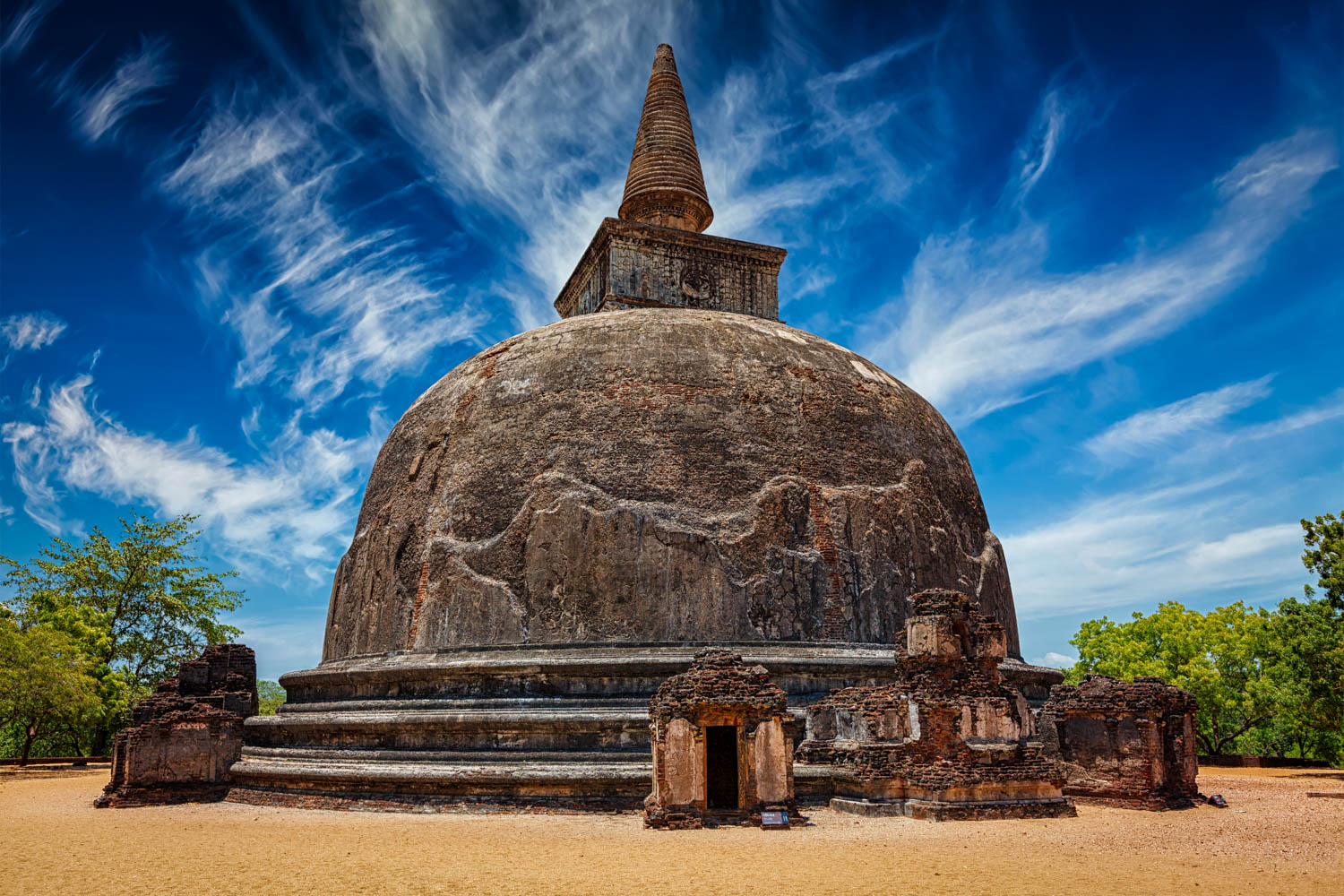
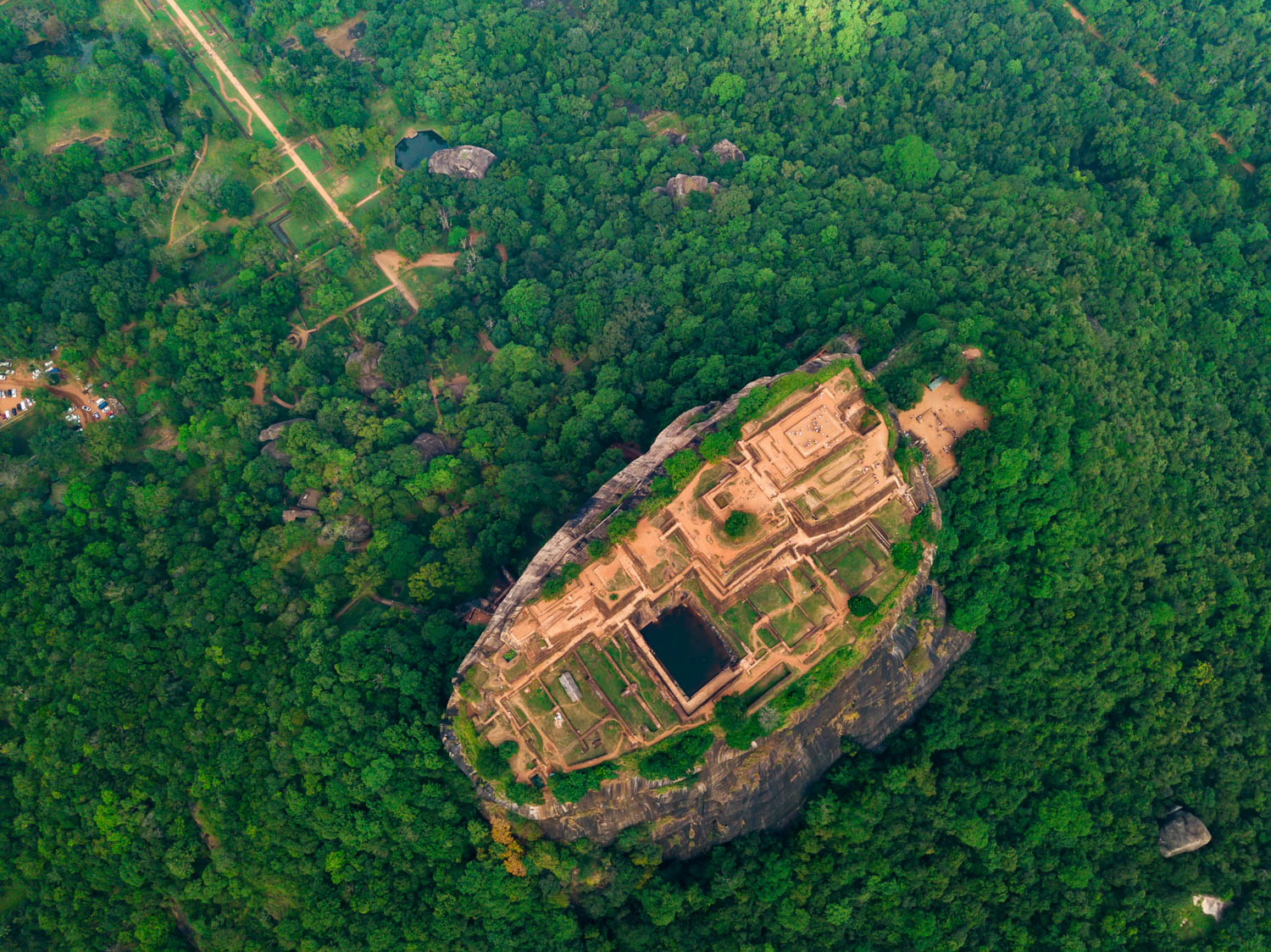
.jpeg)
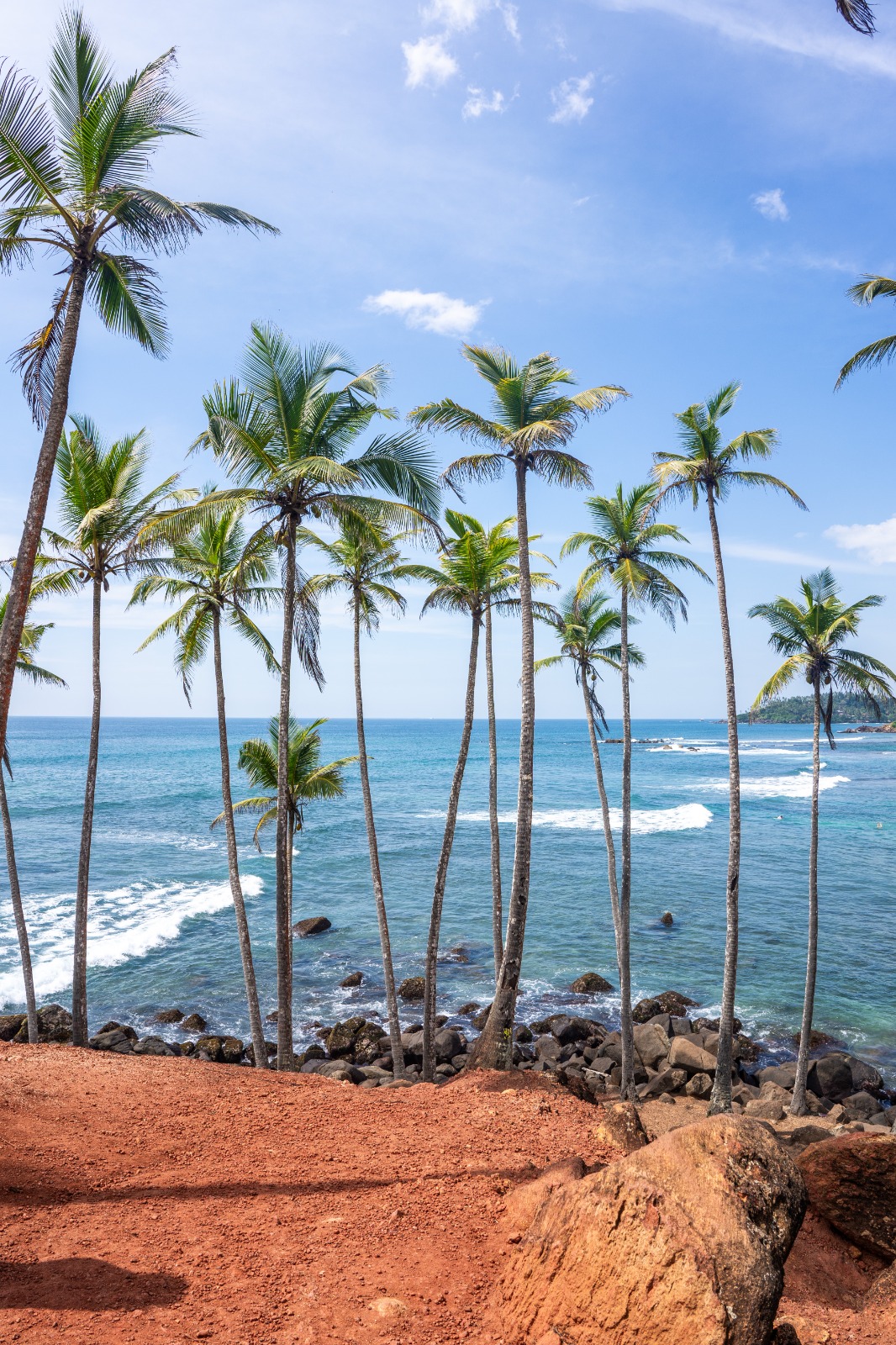
%201.jpg)
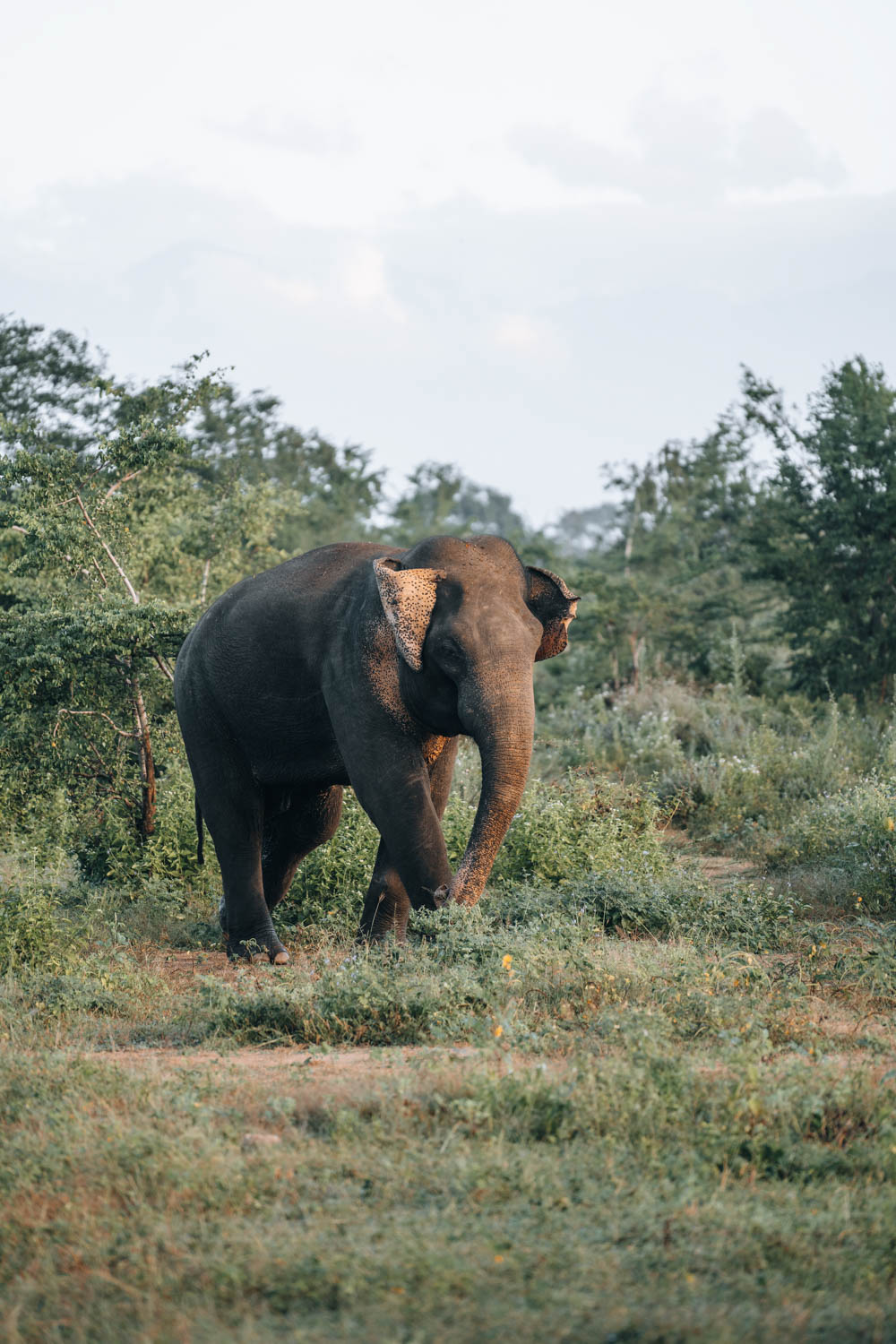
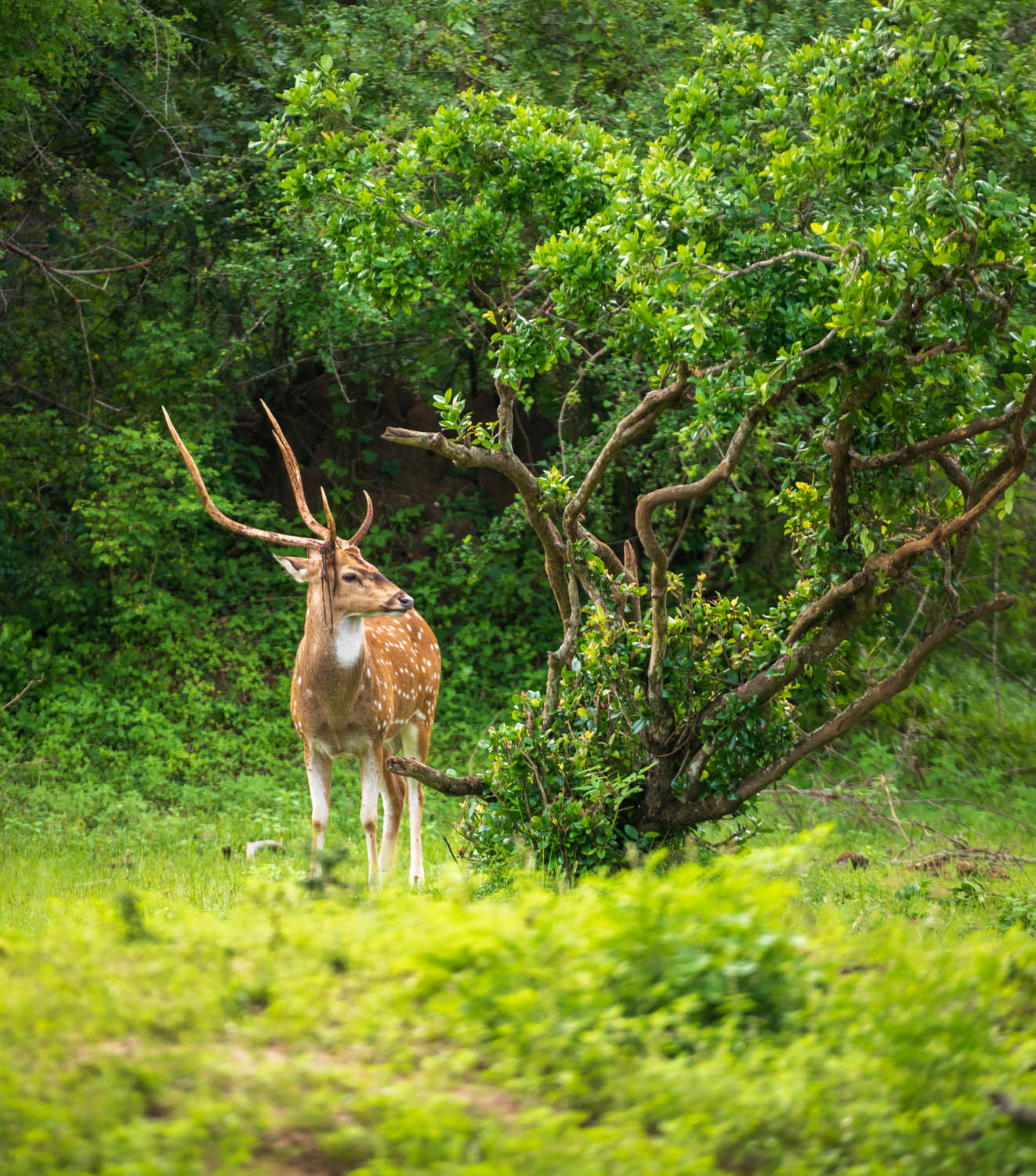
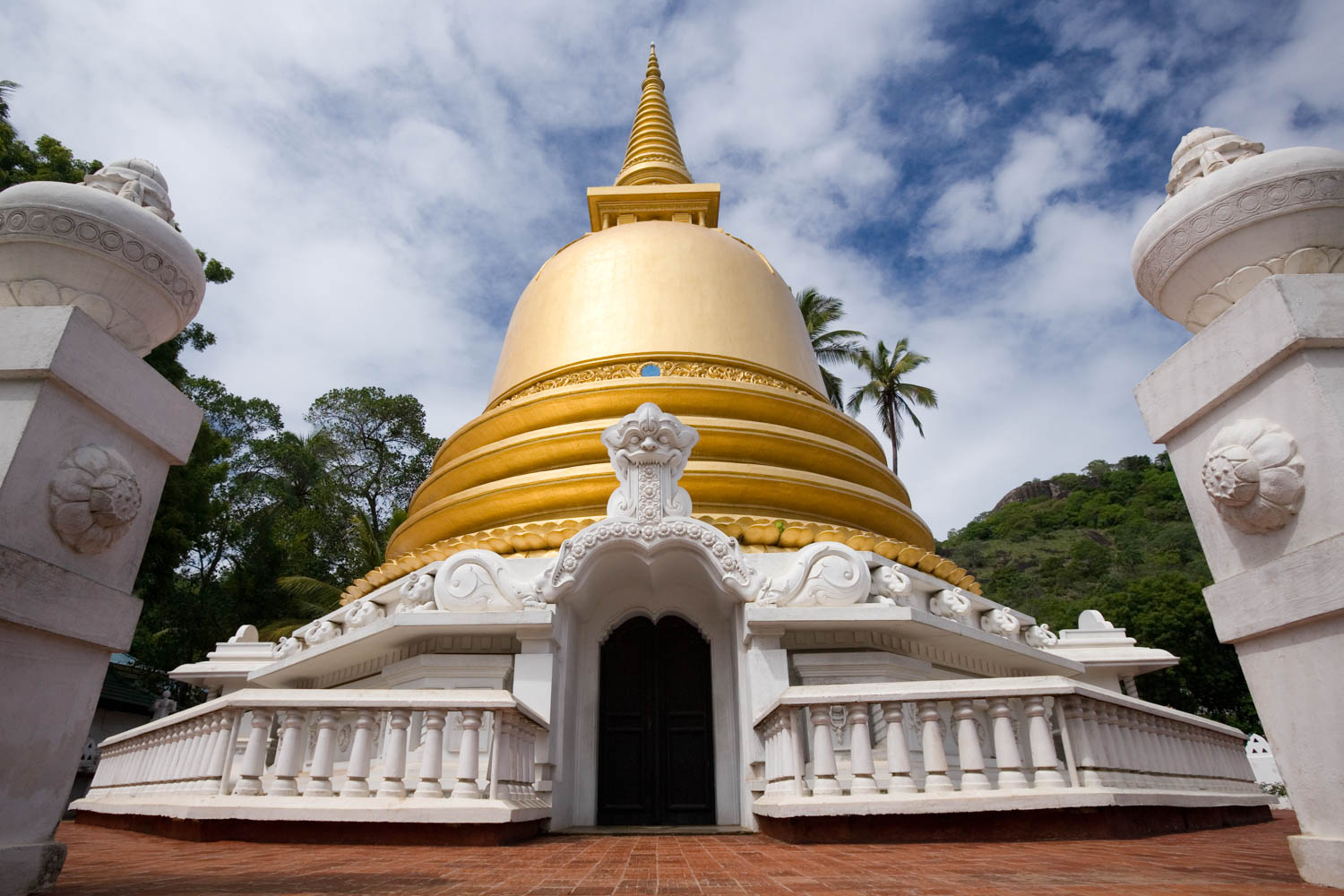
.jpeg)
